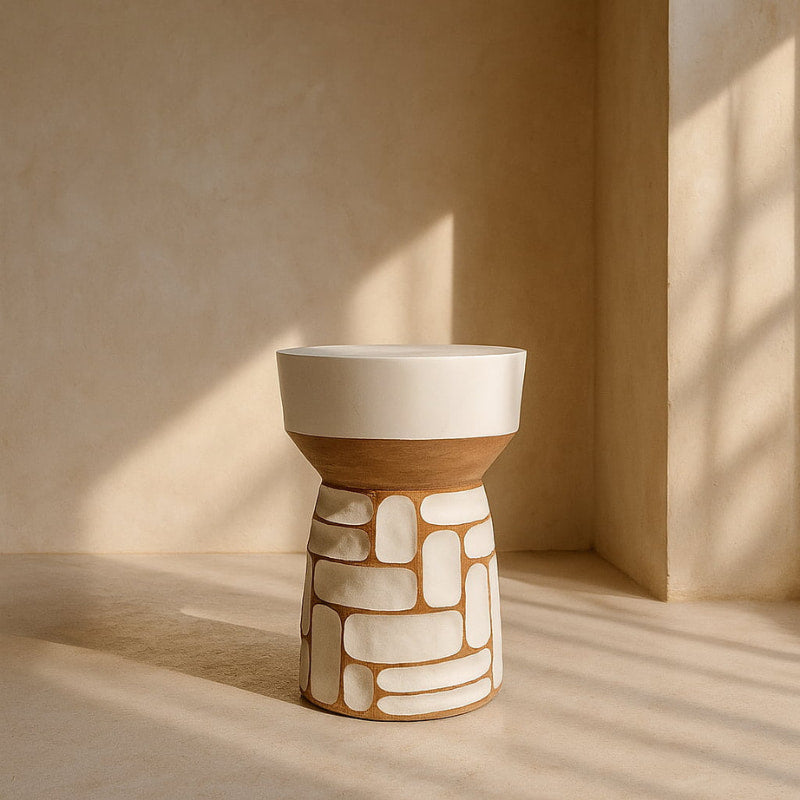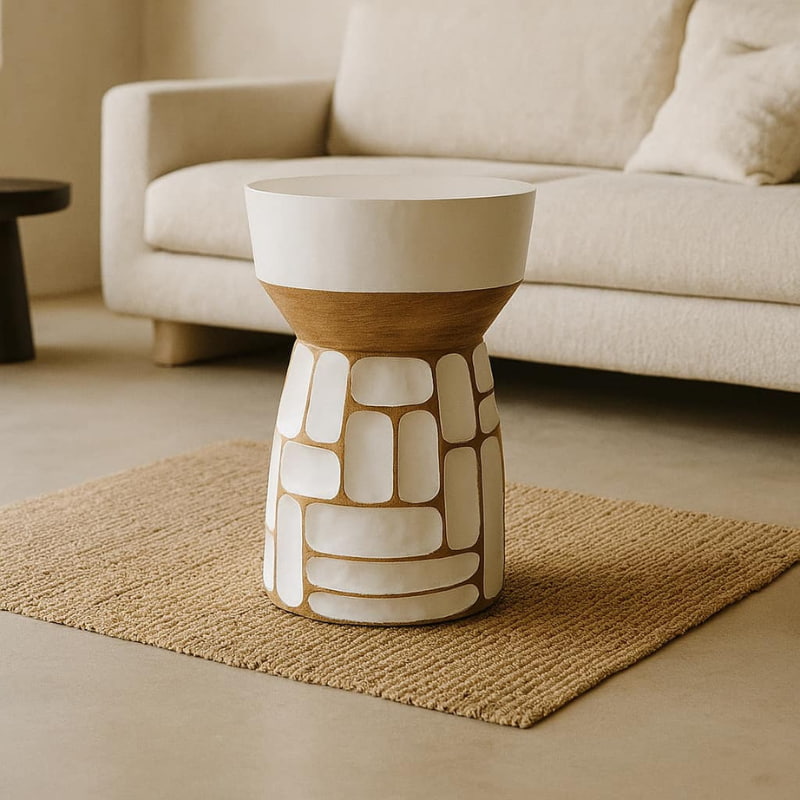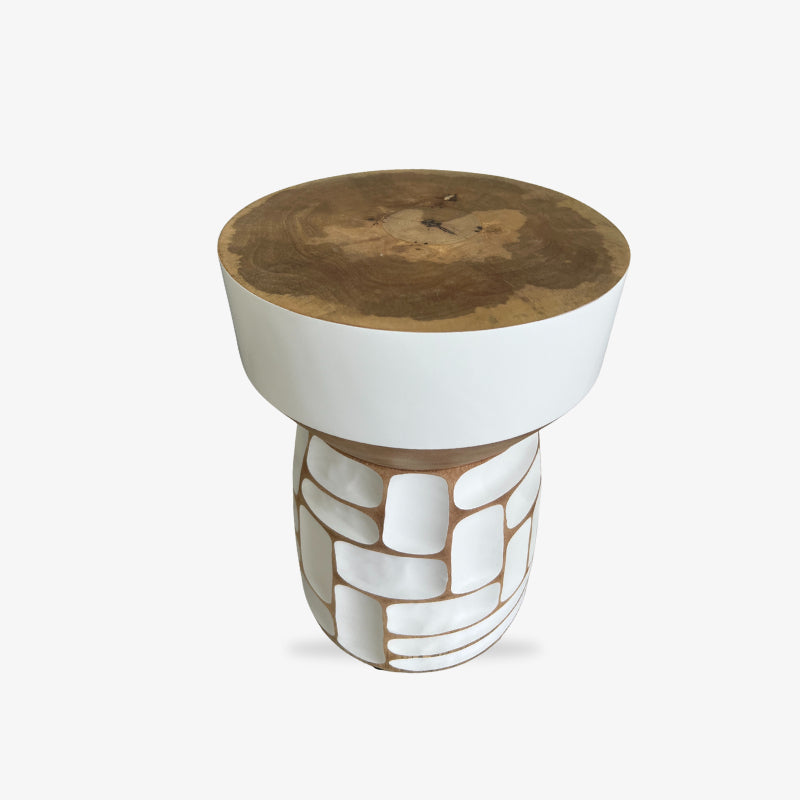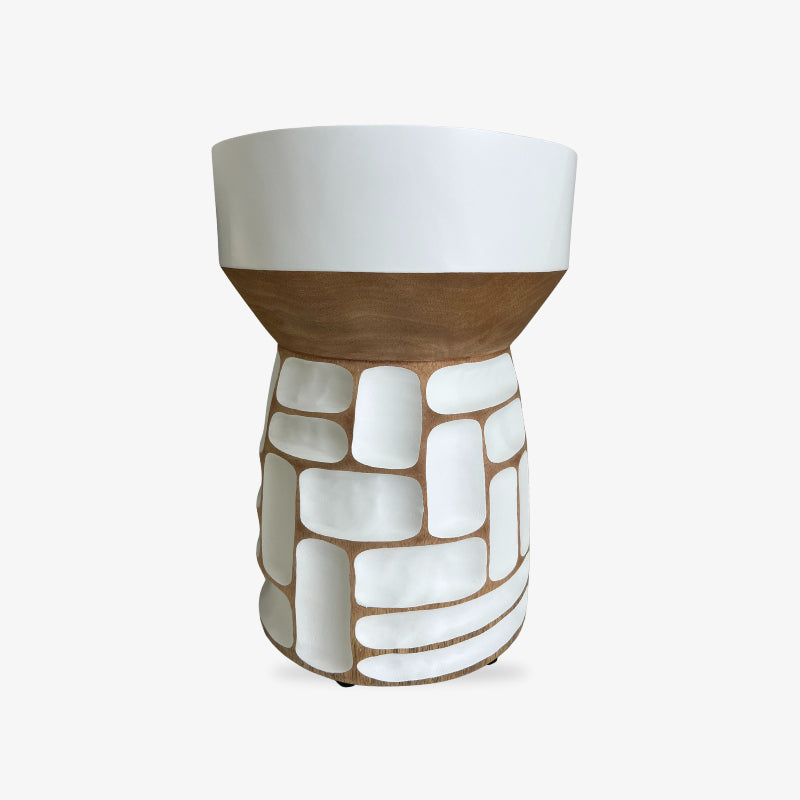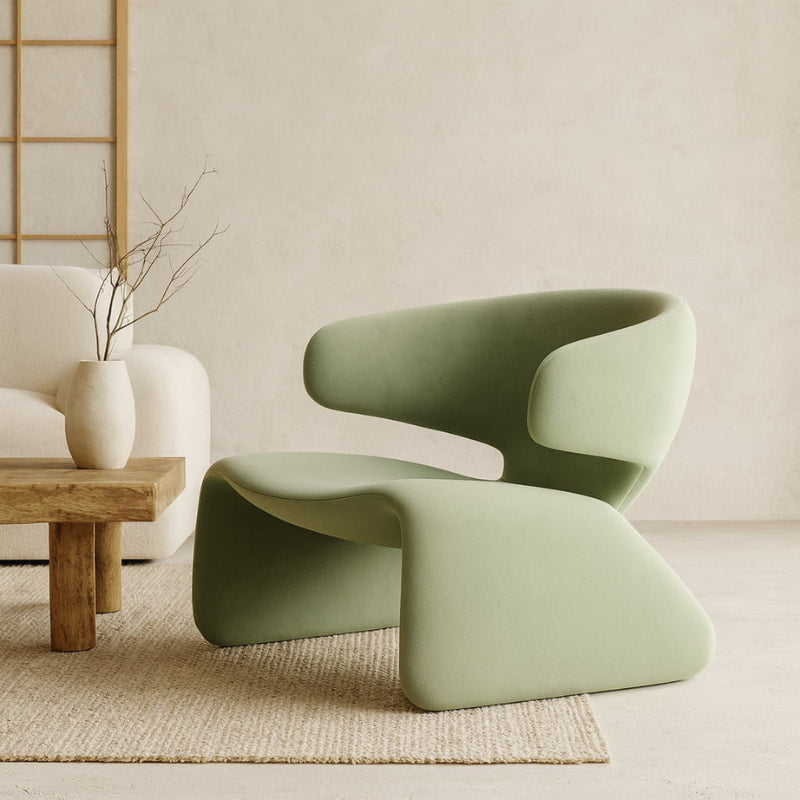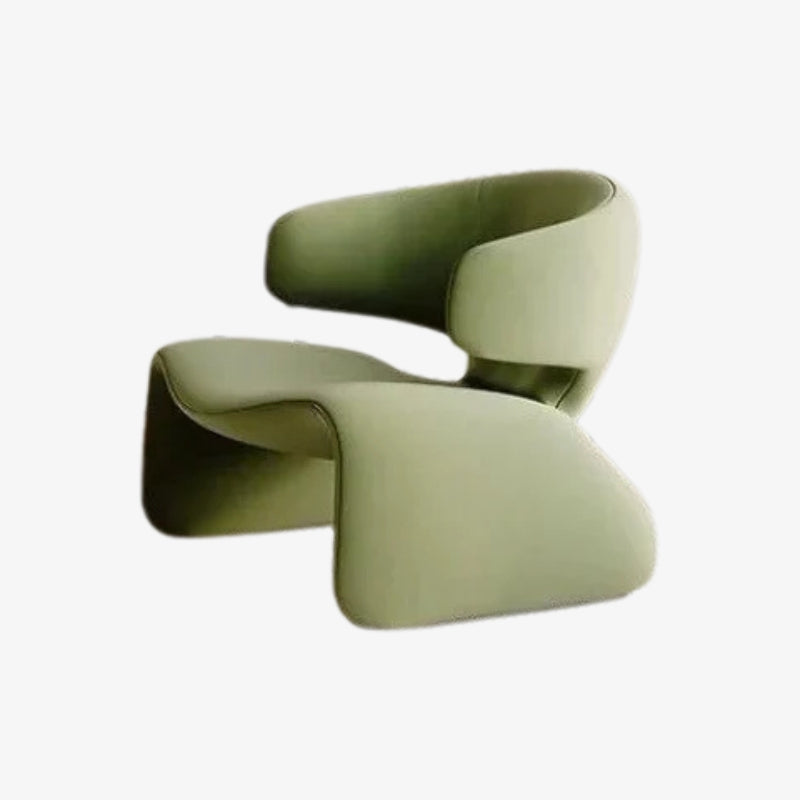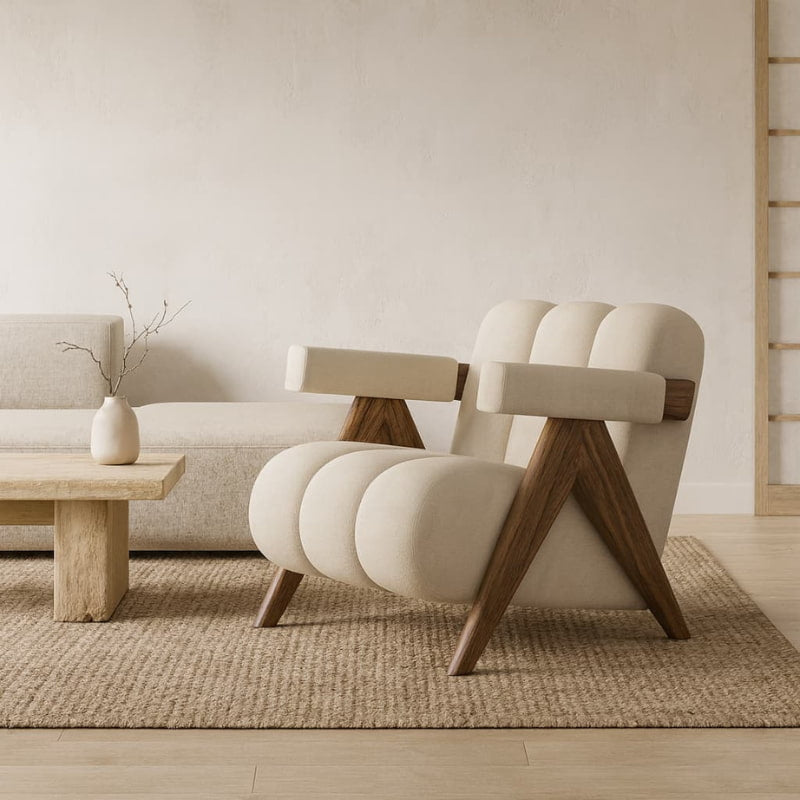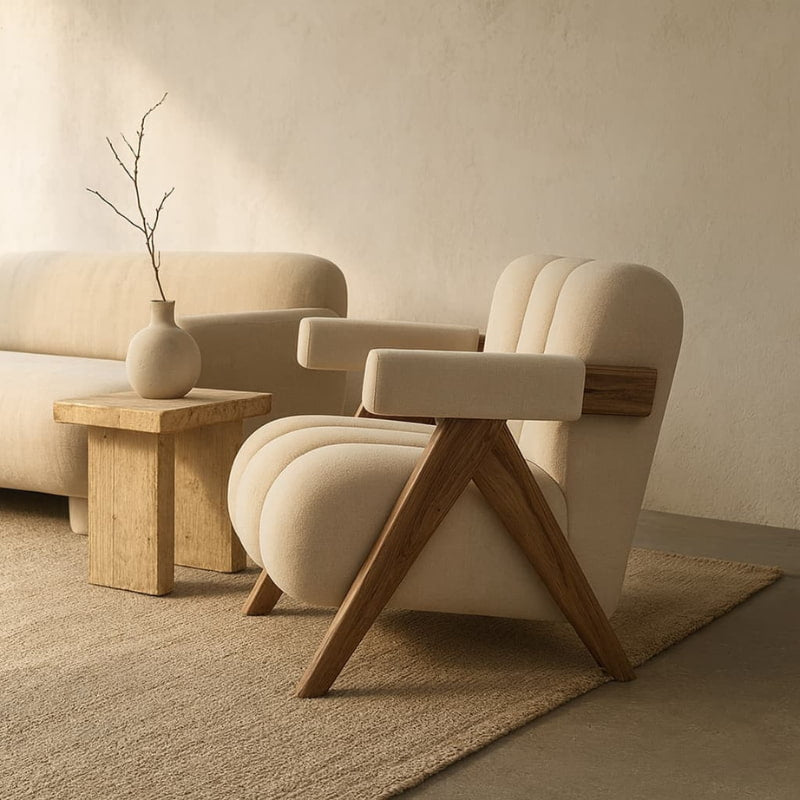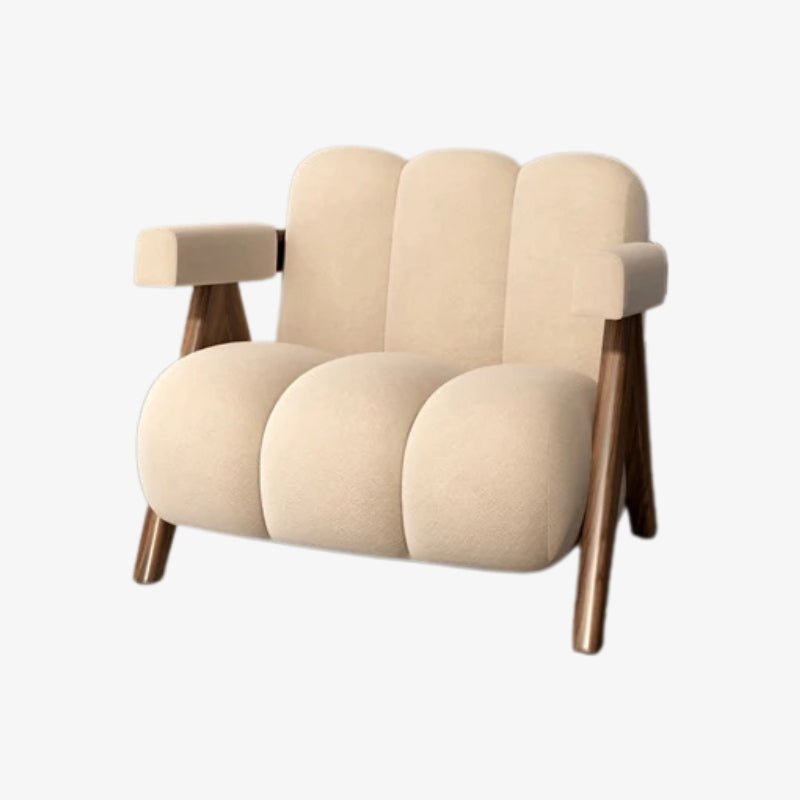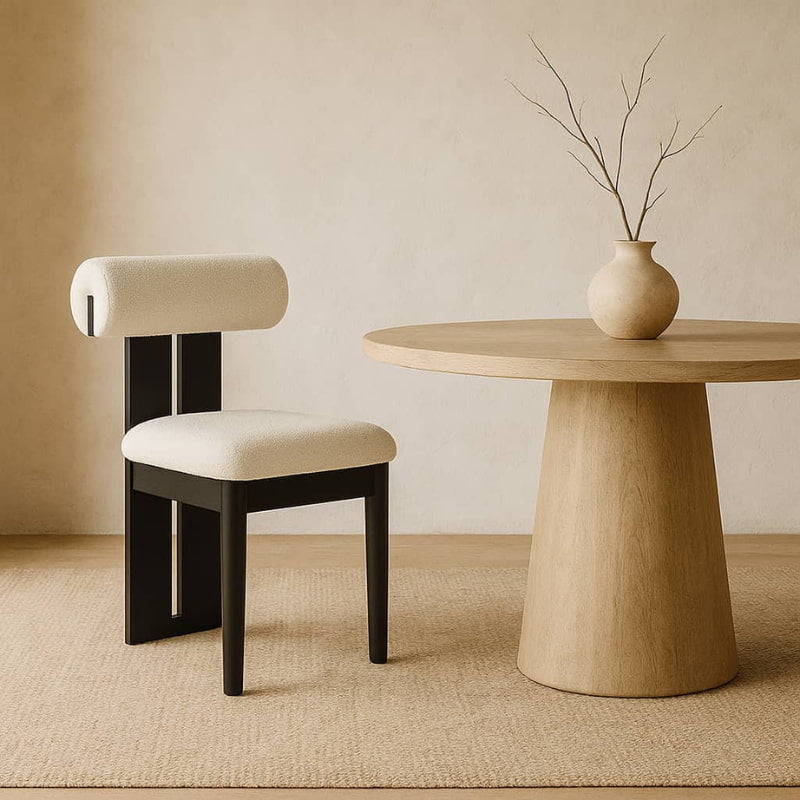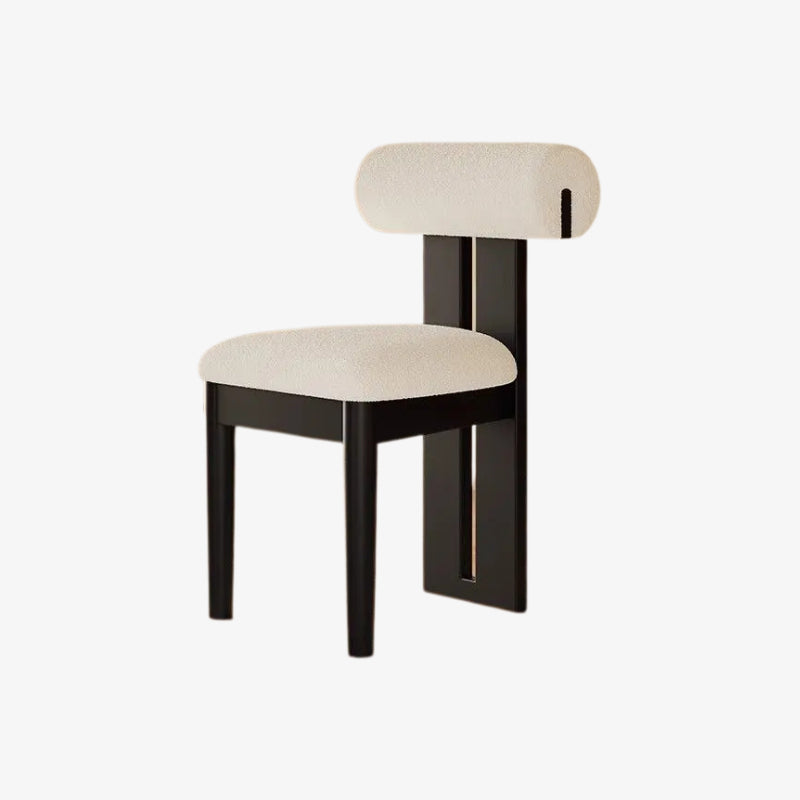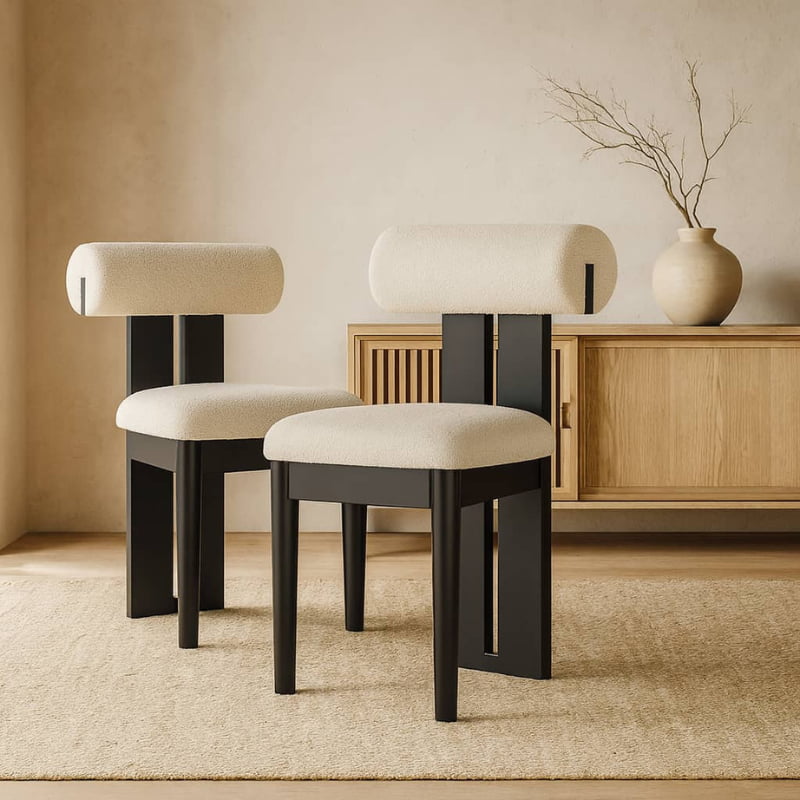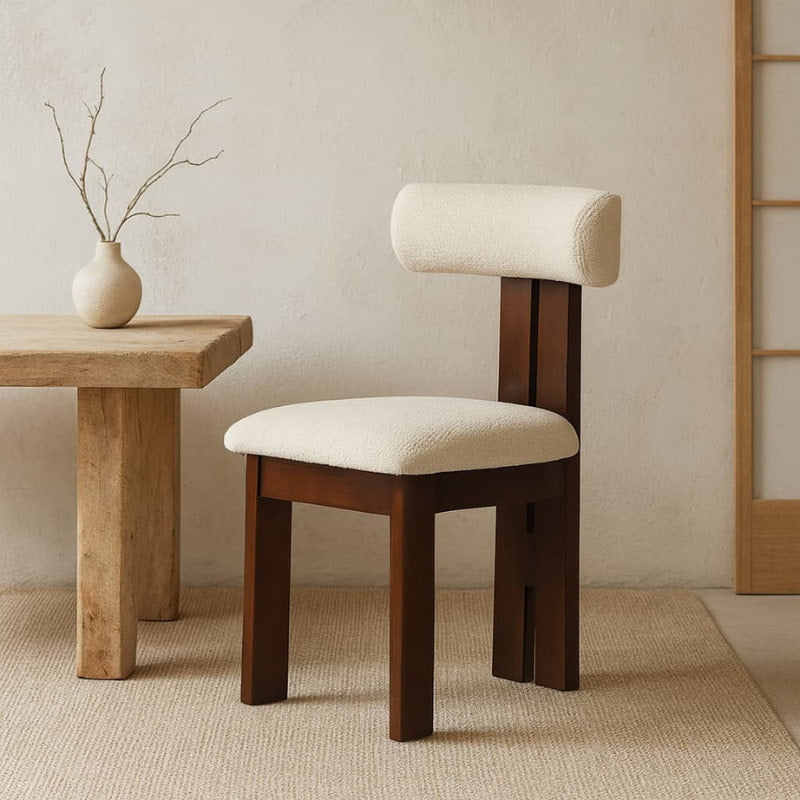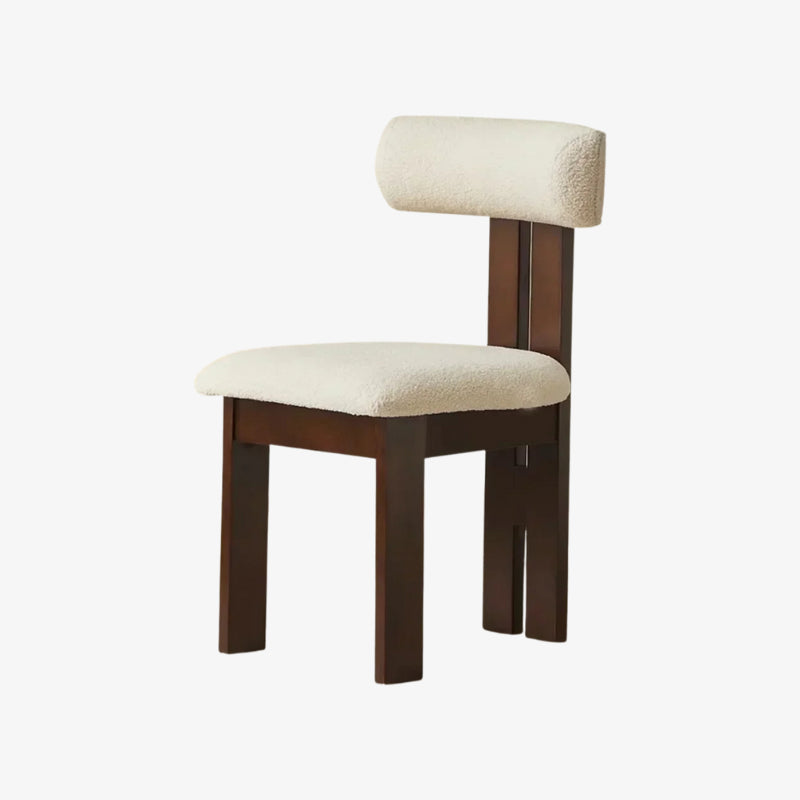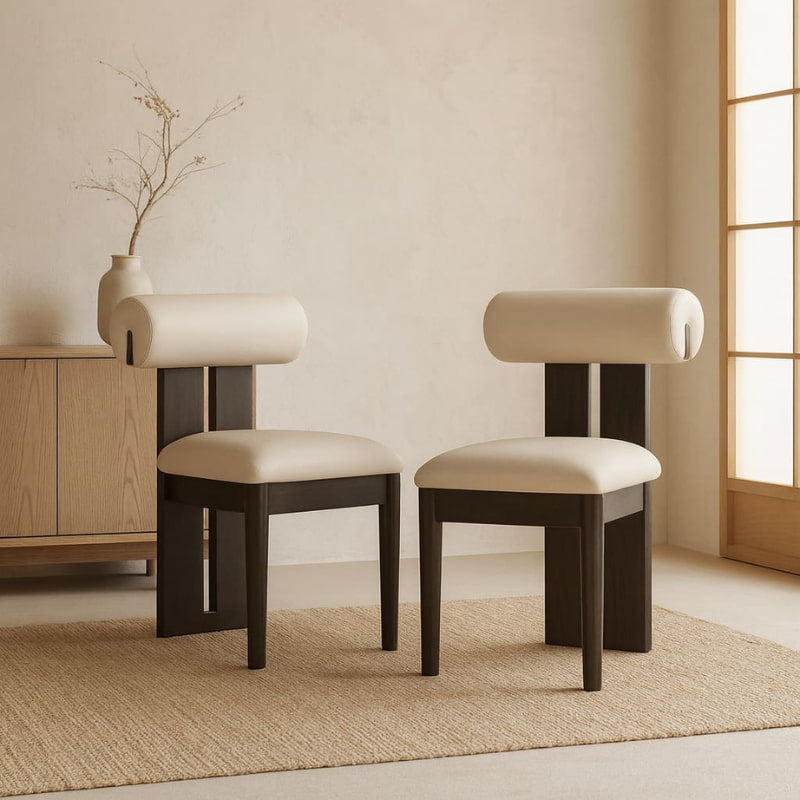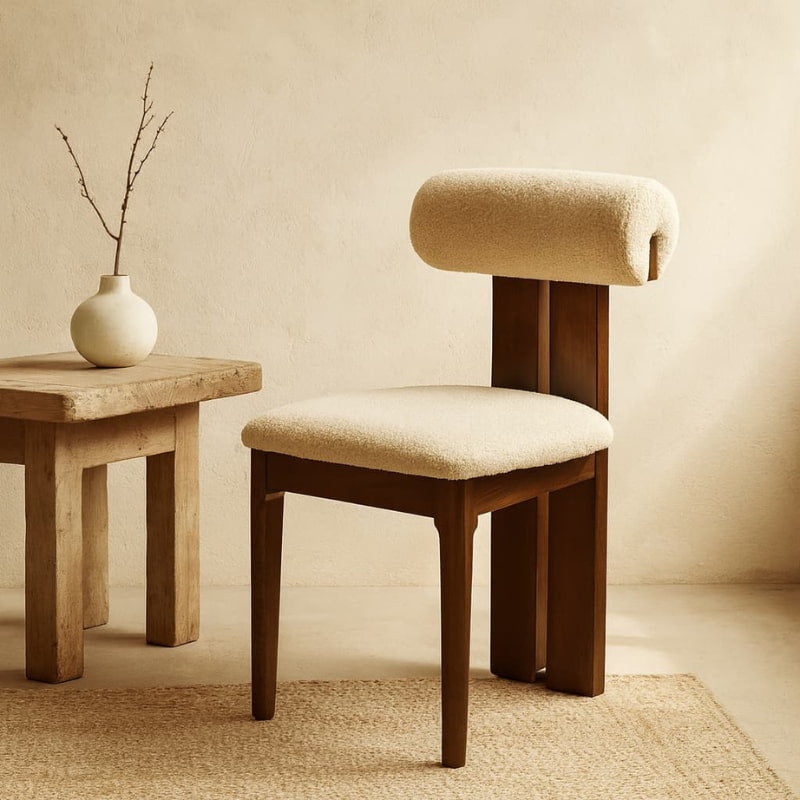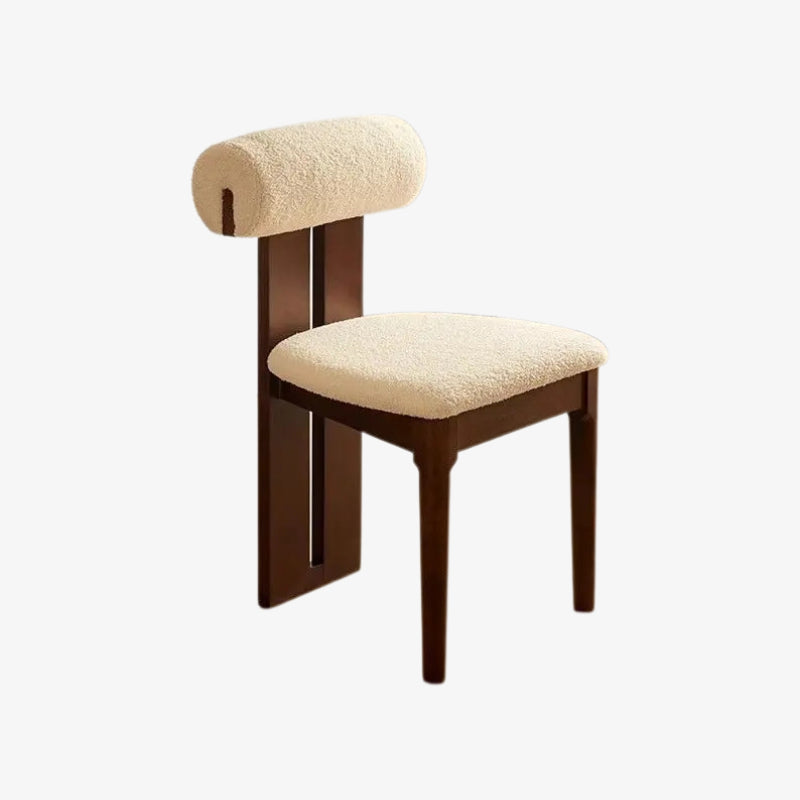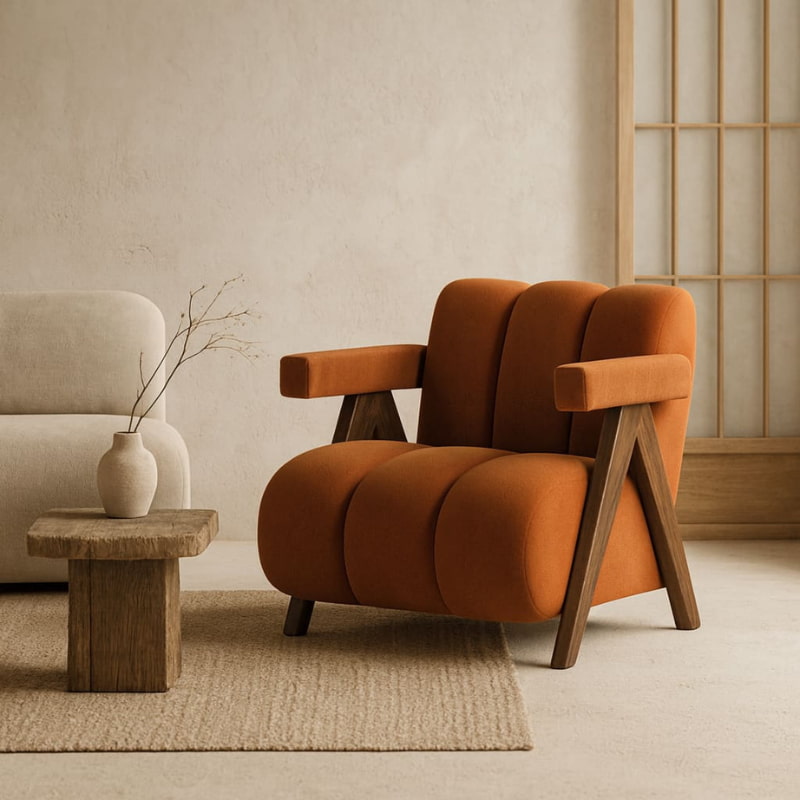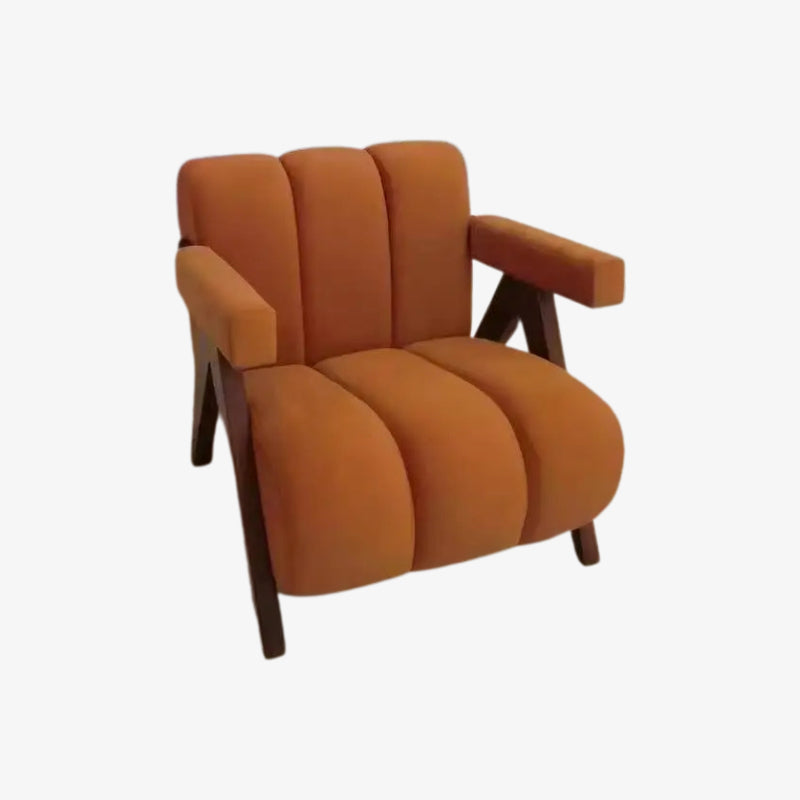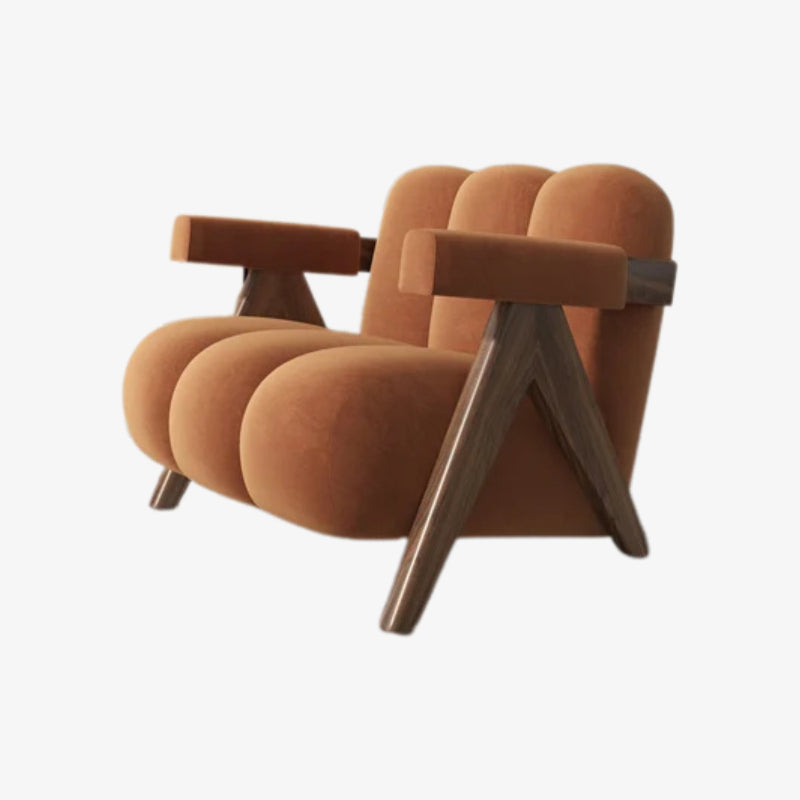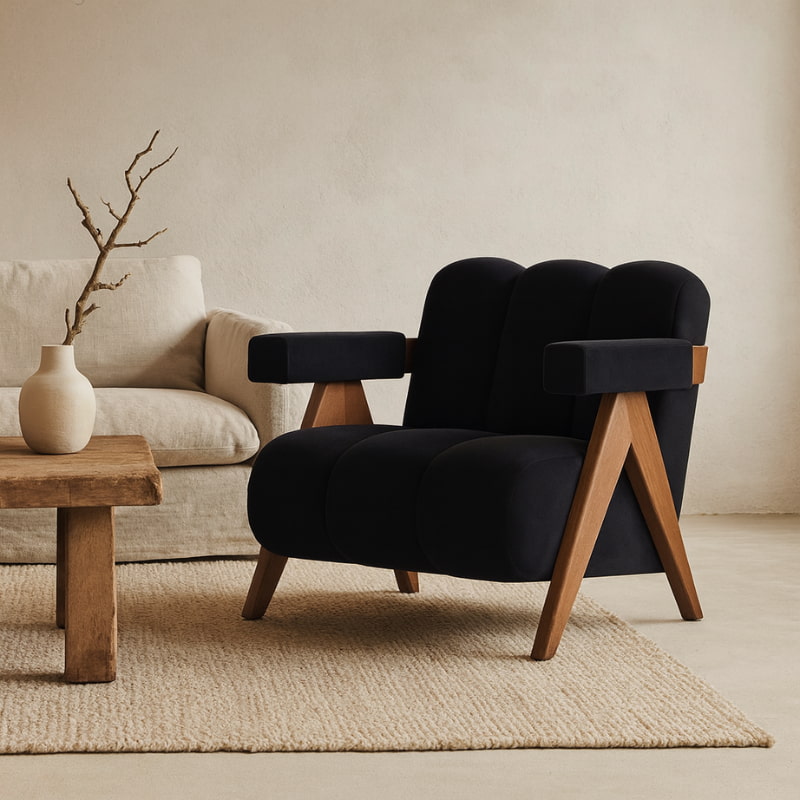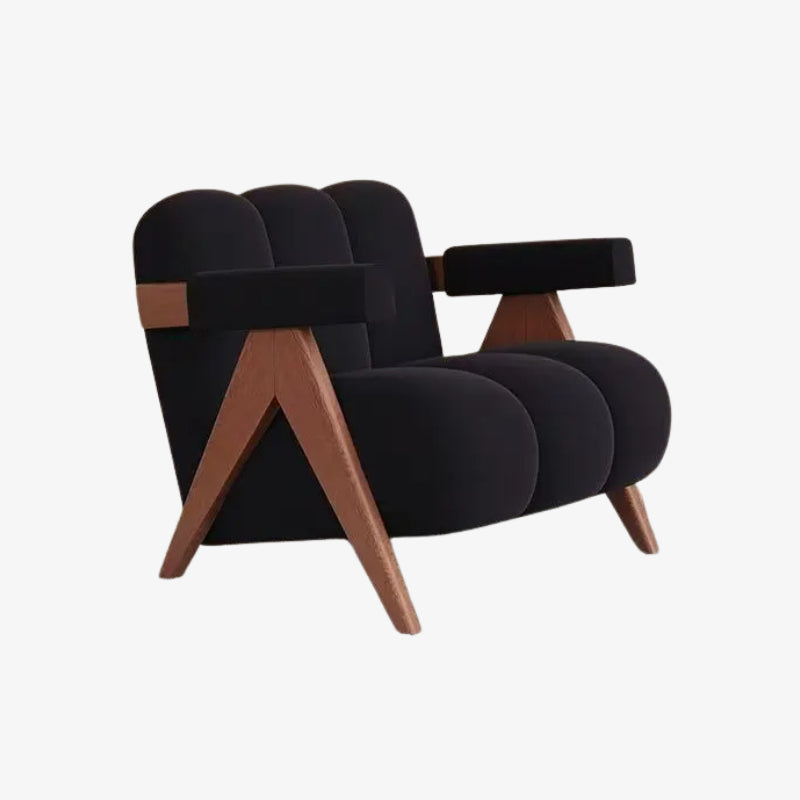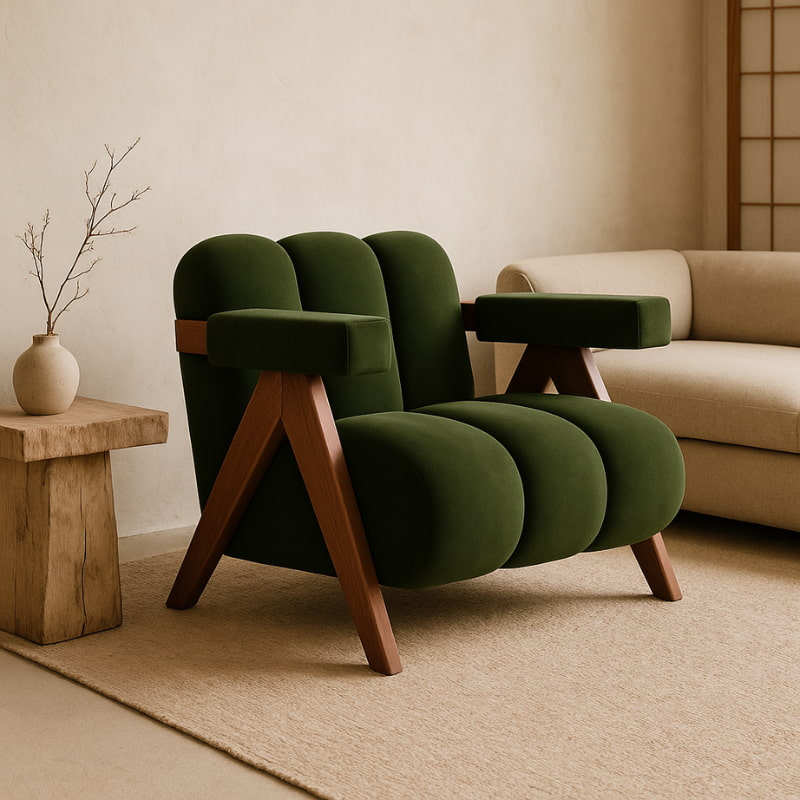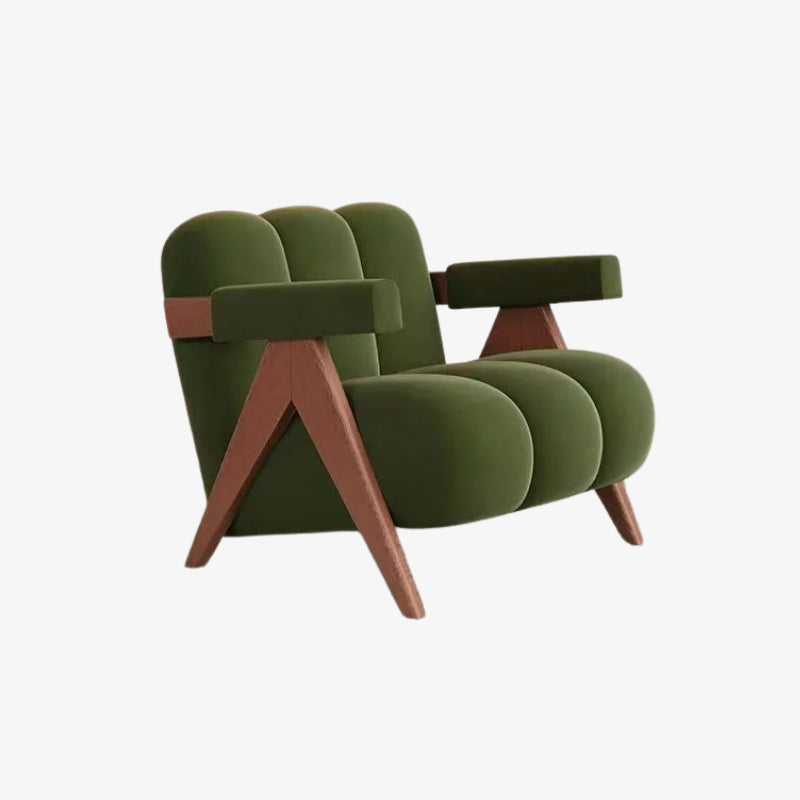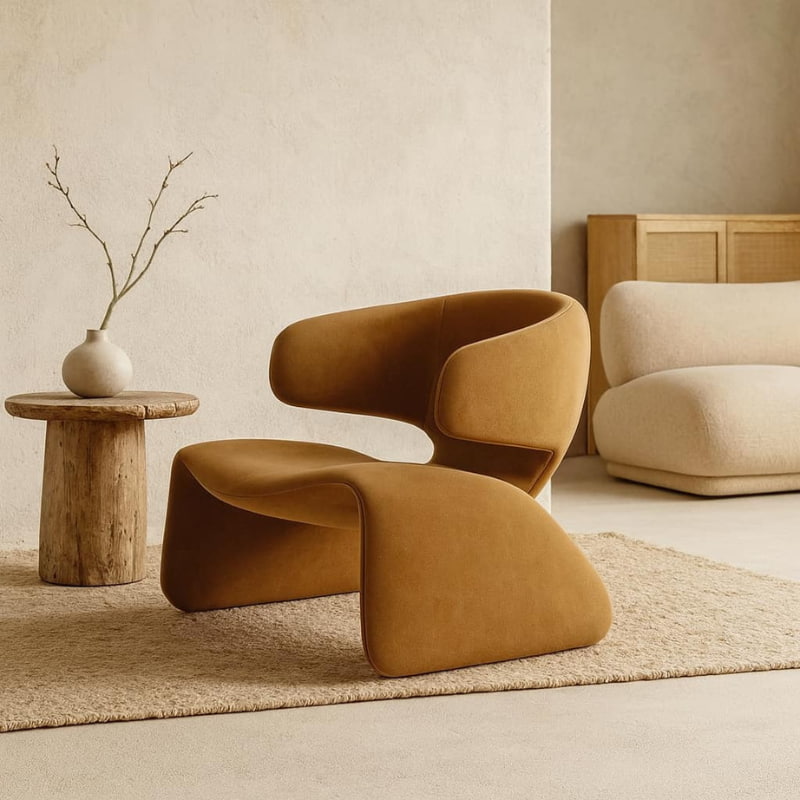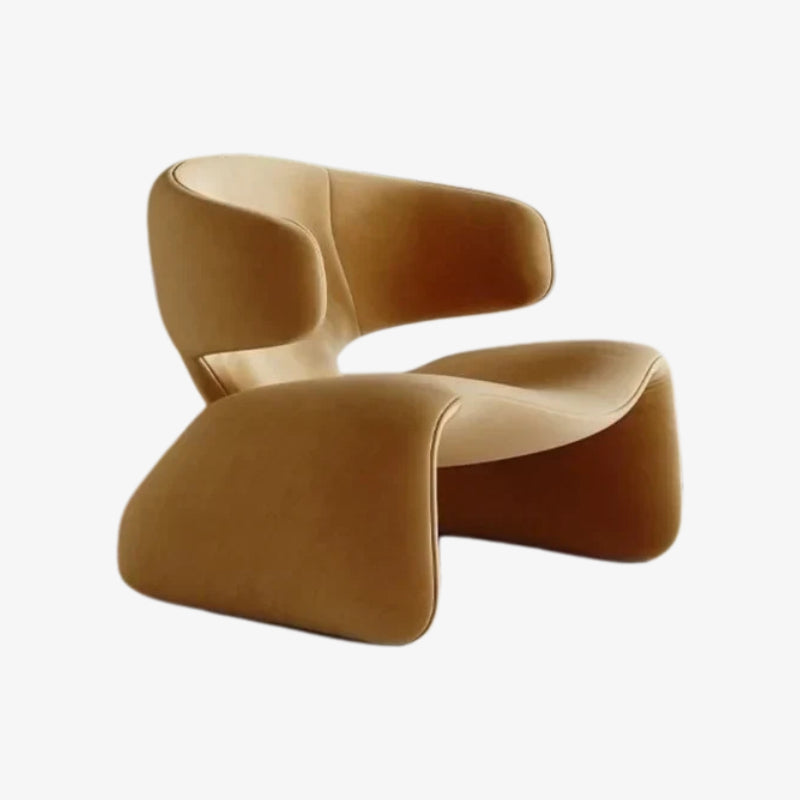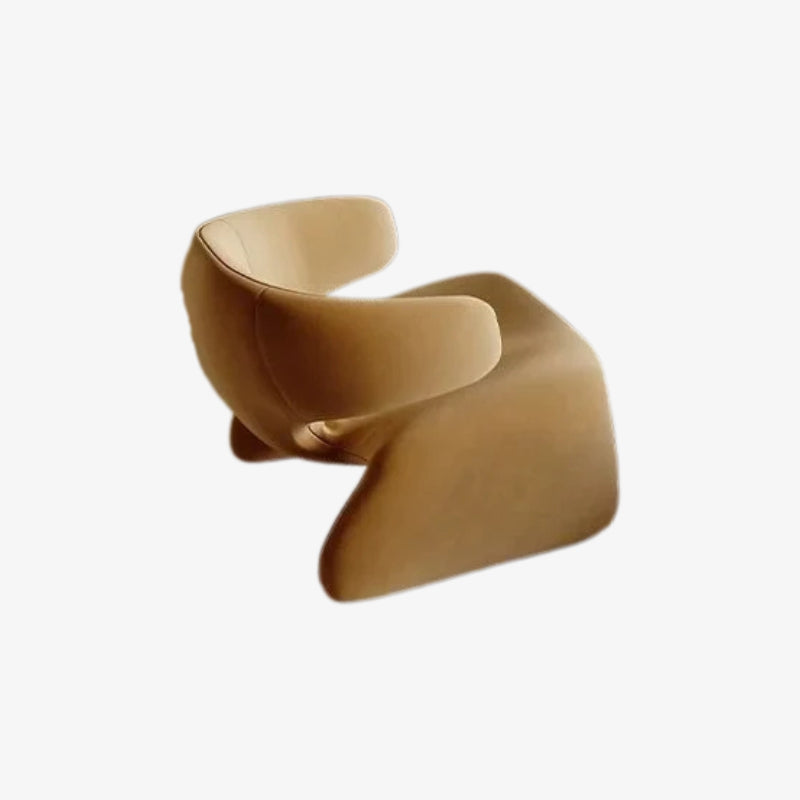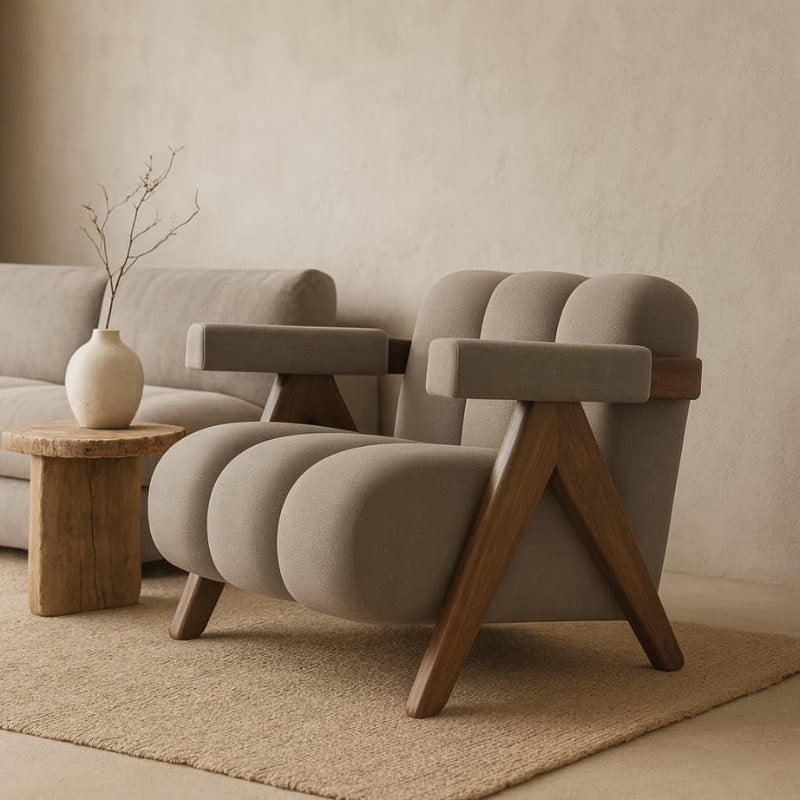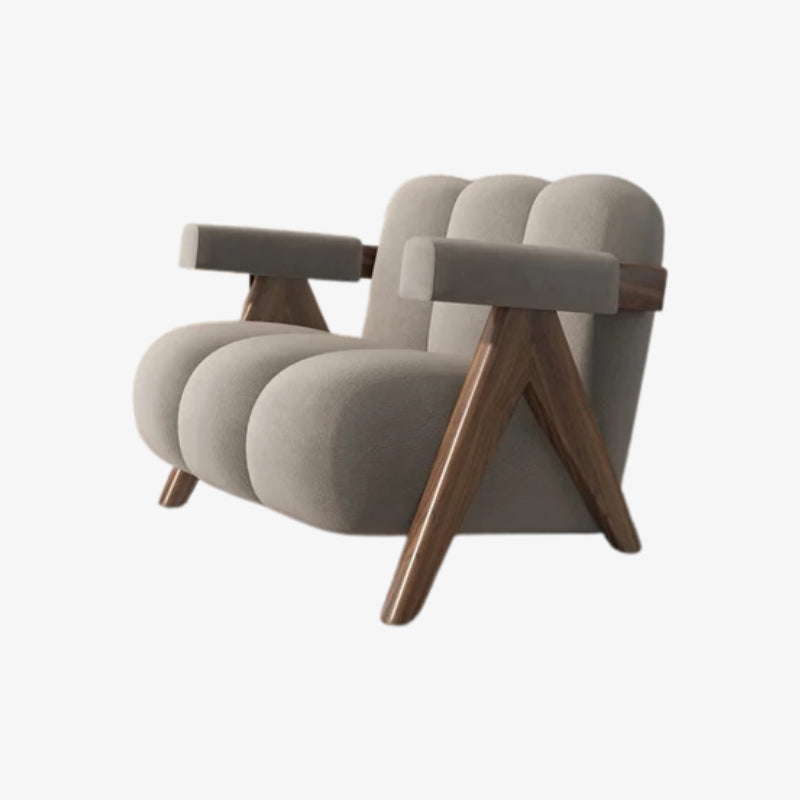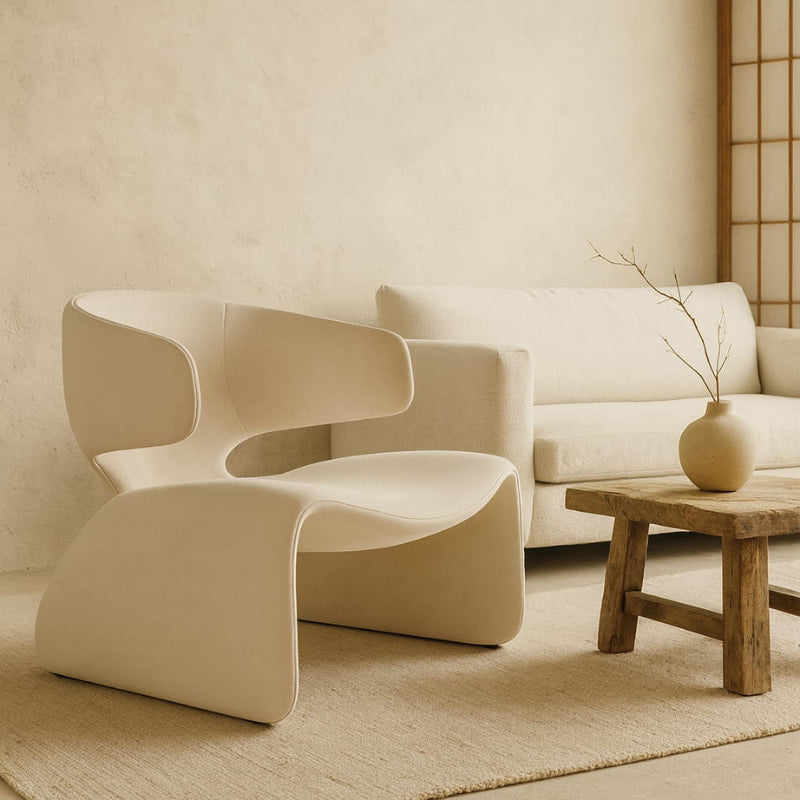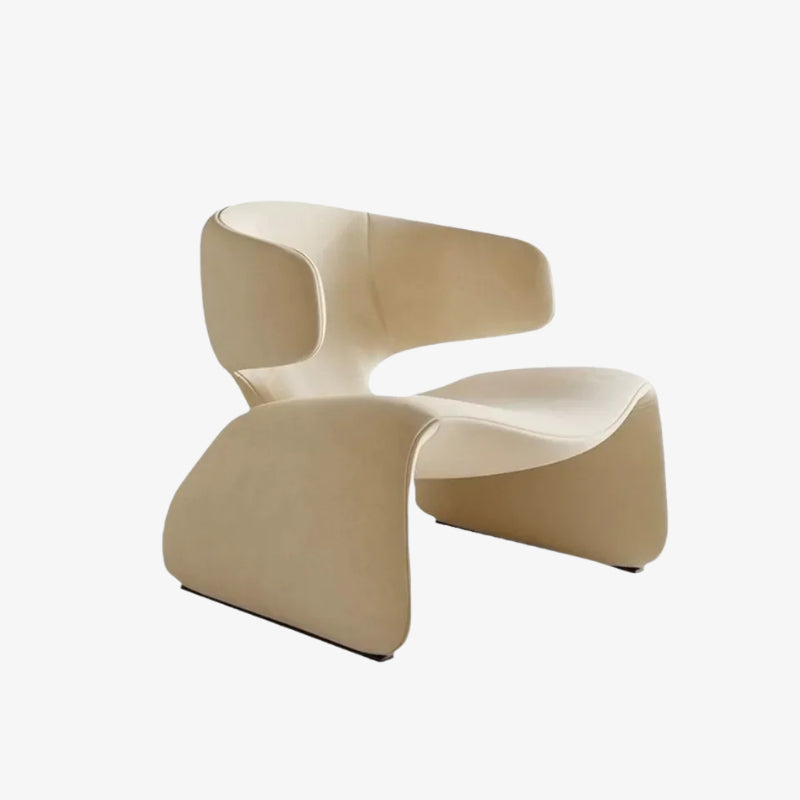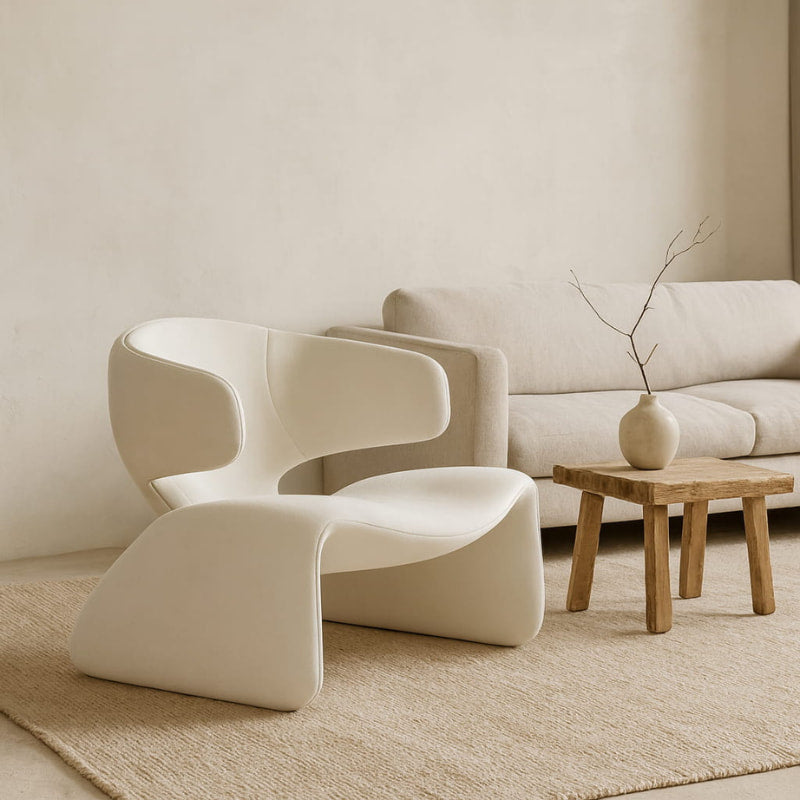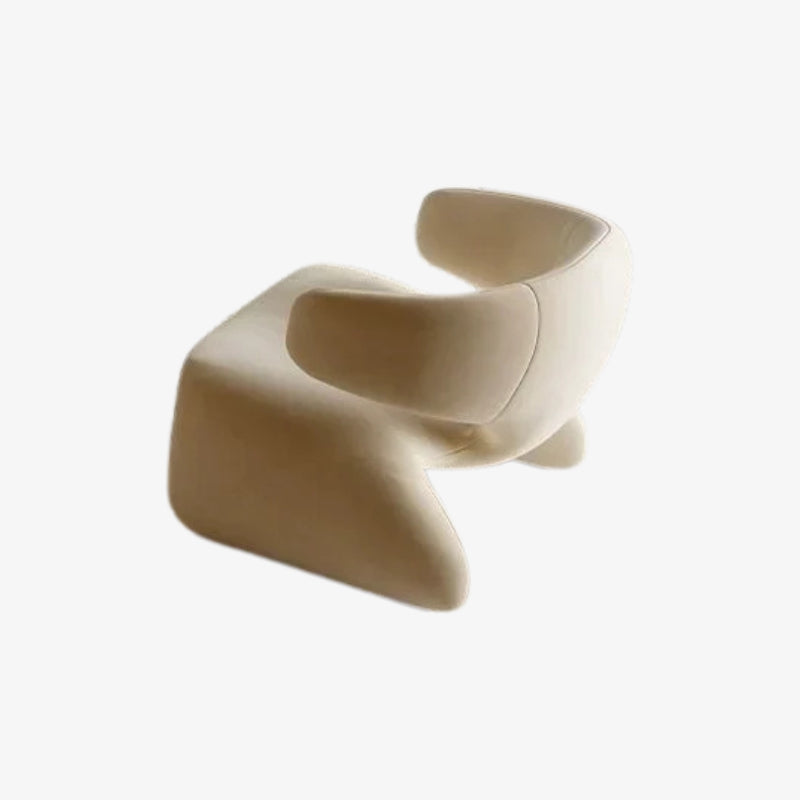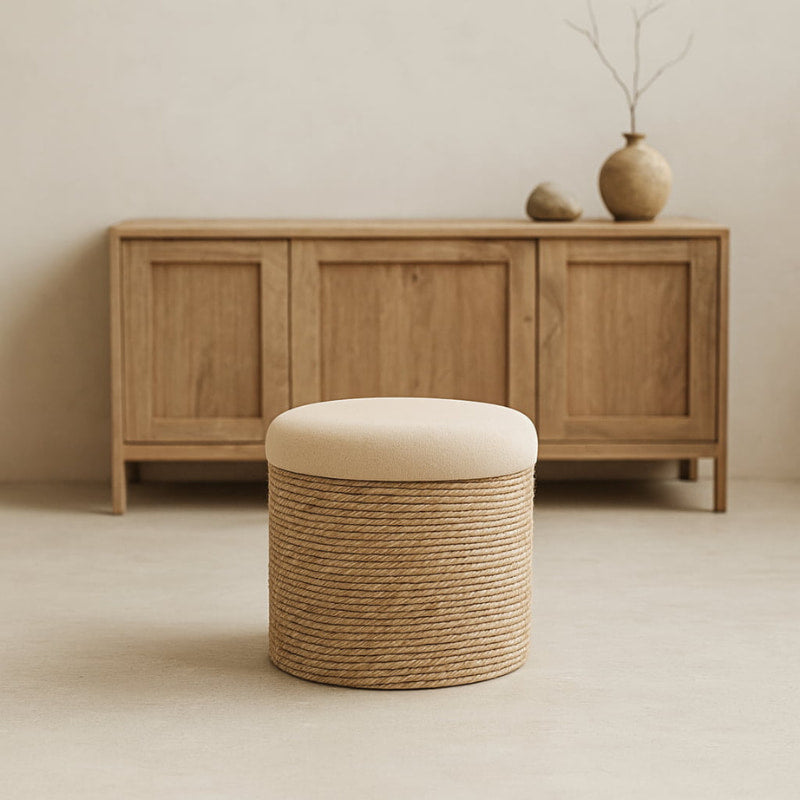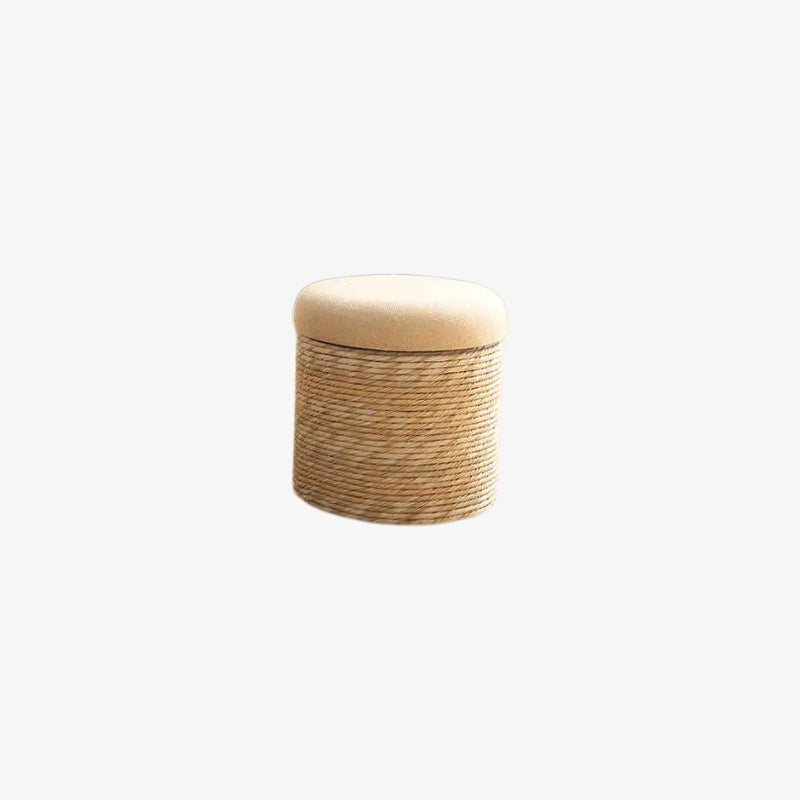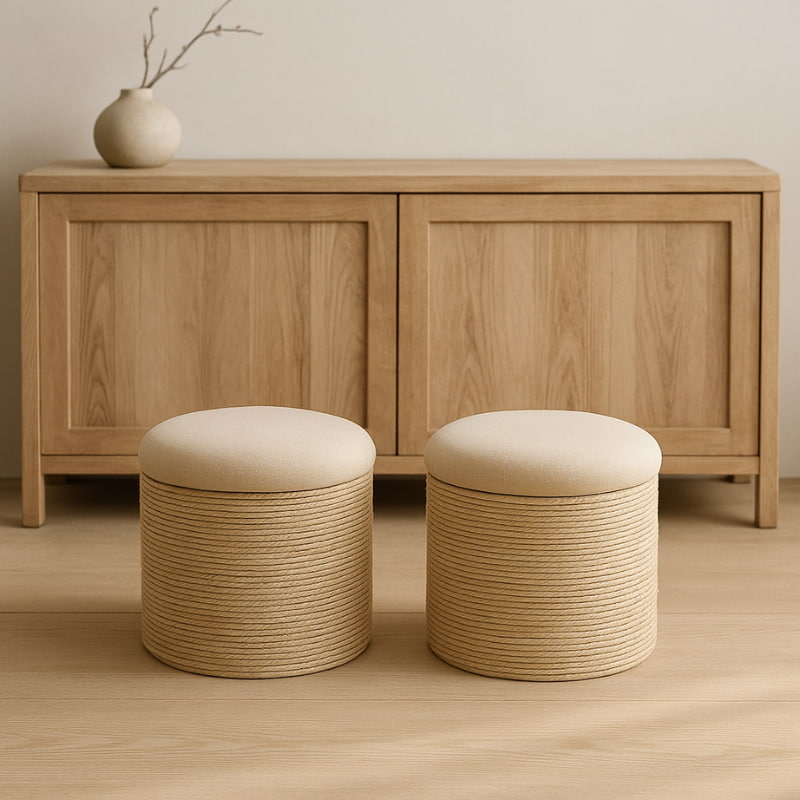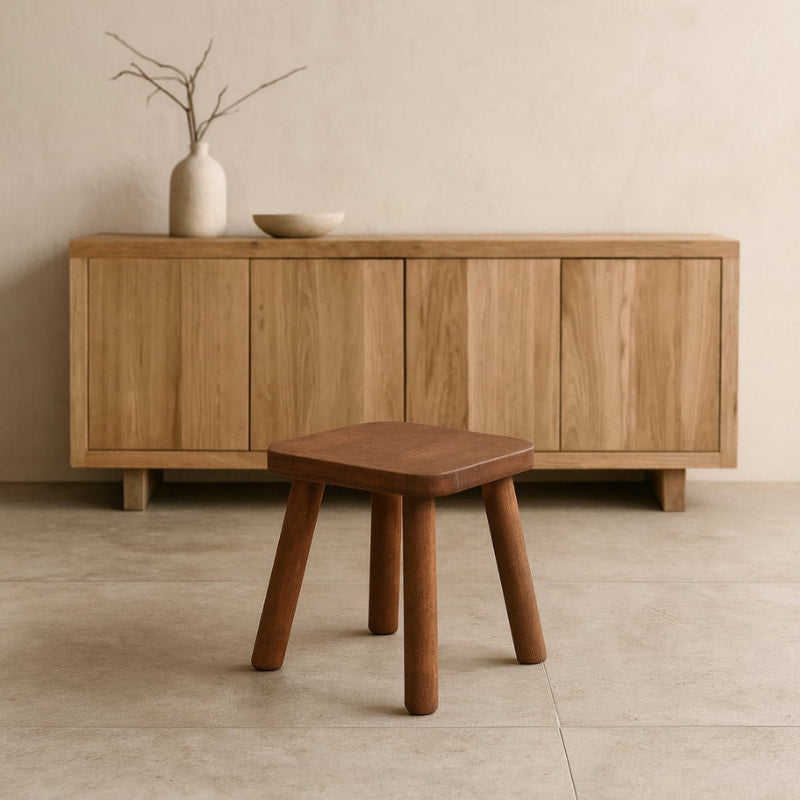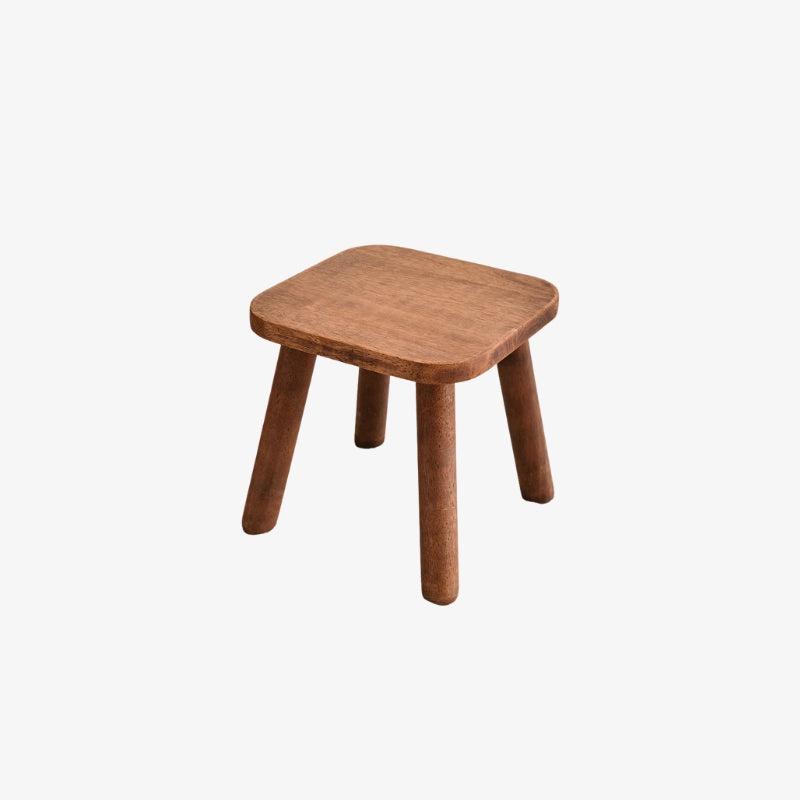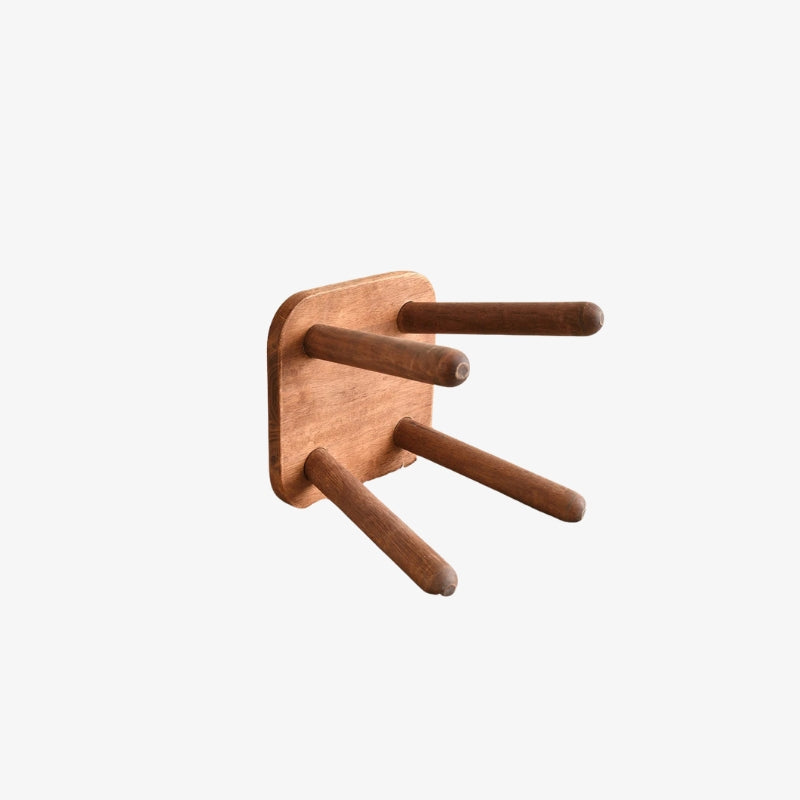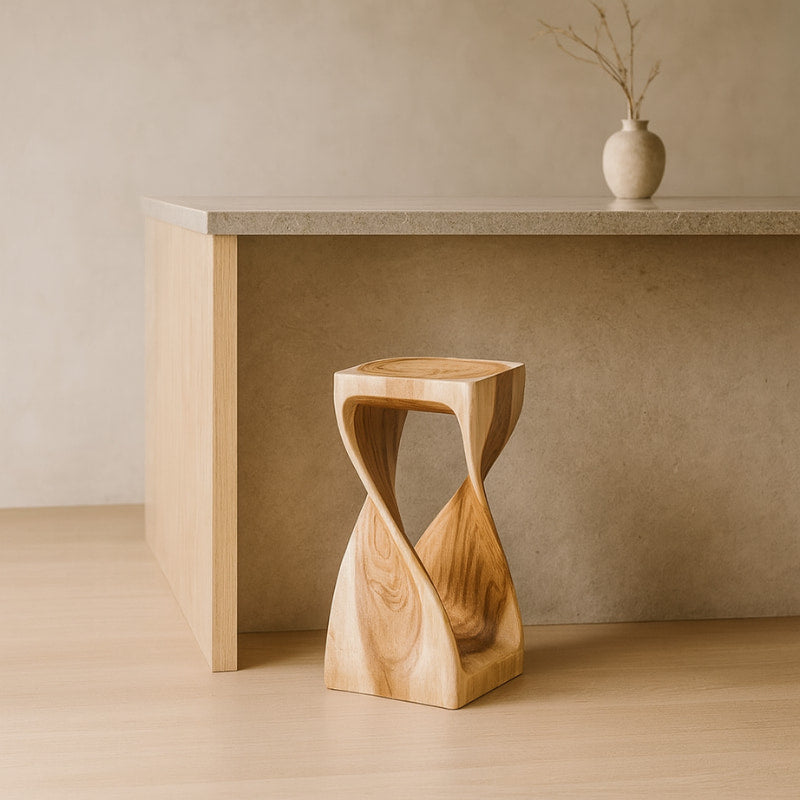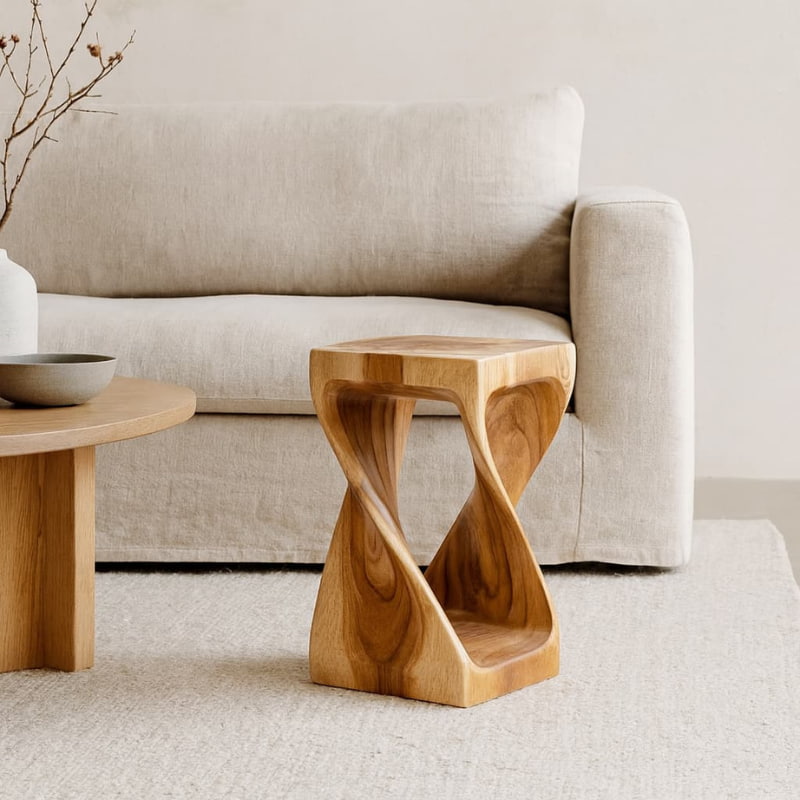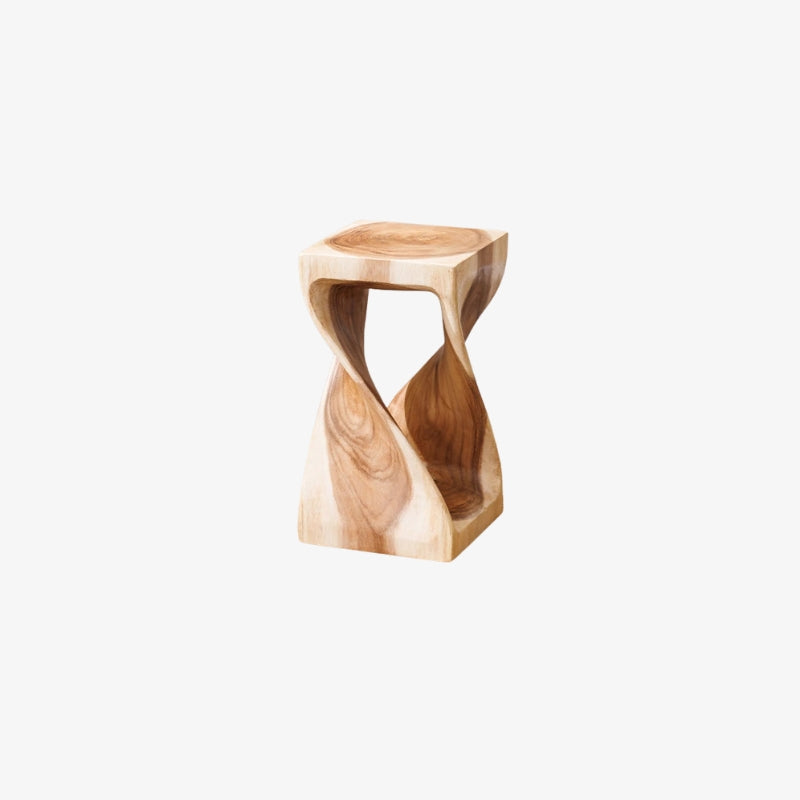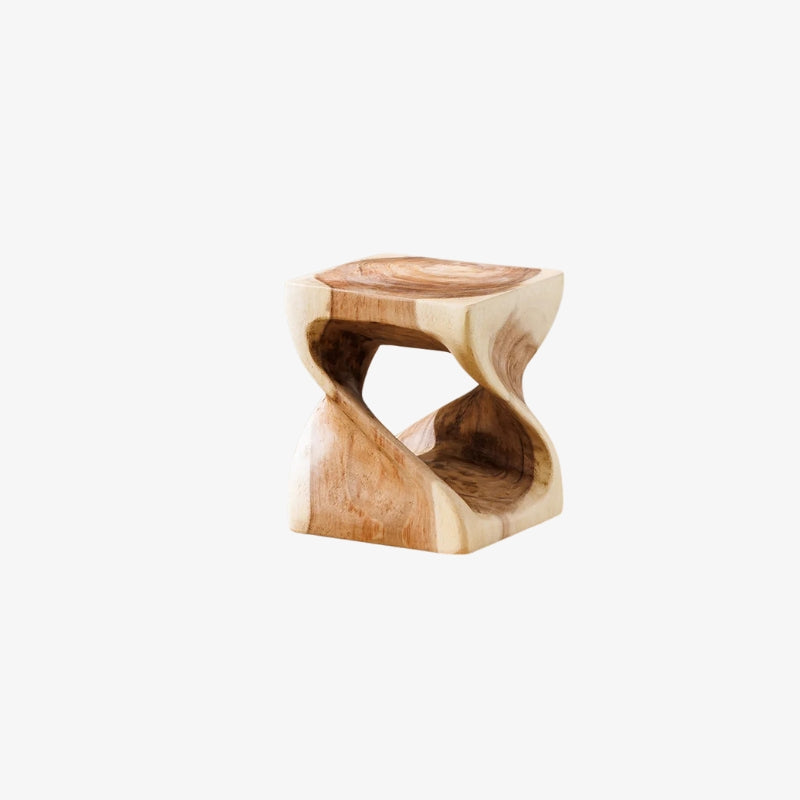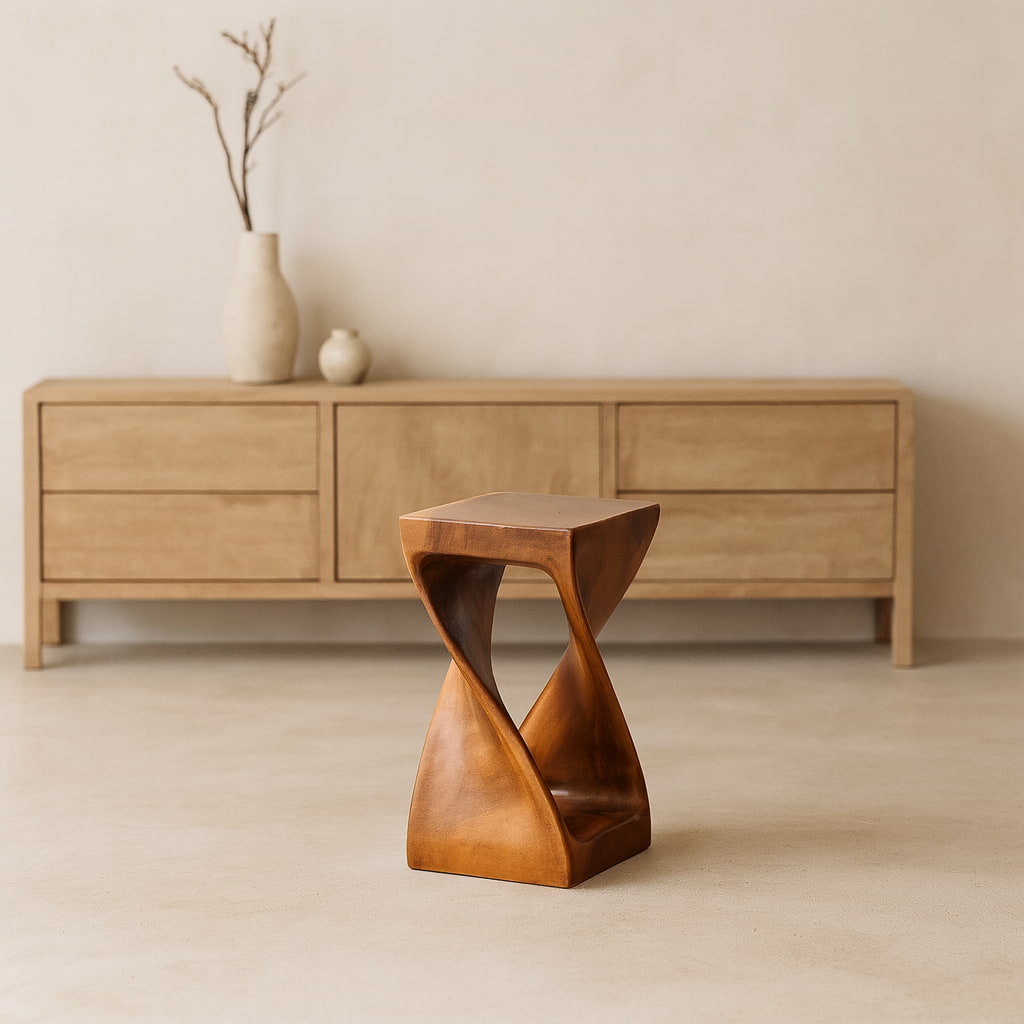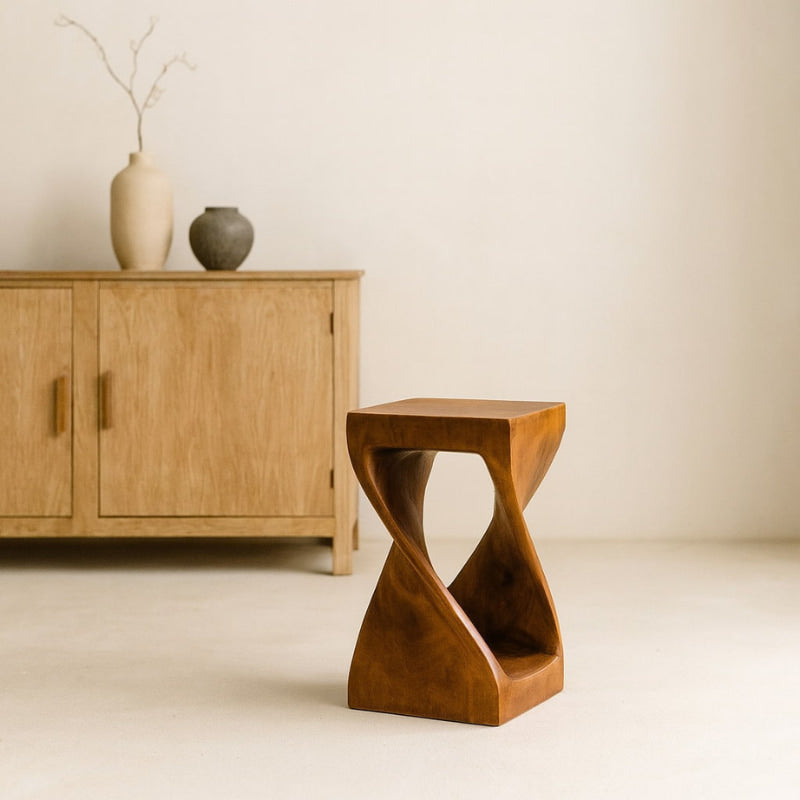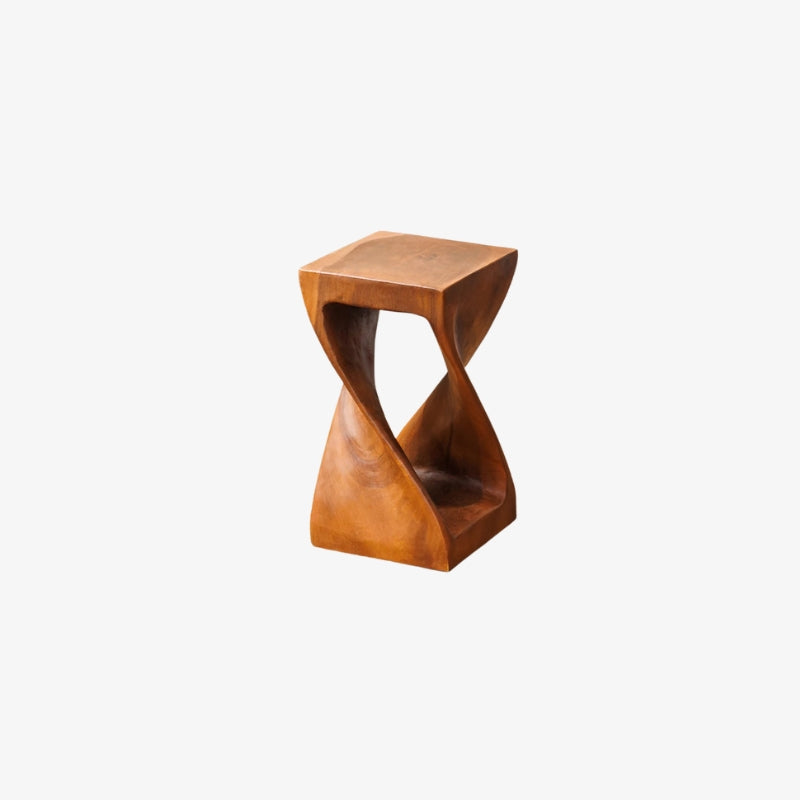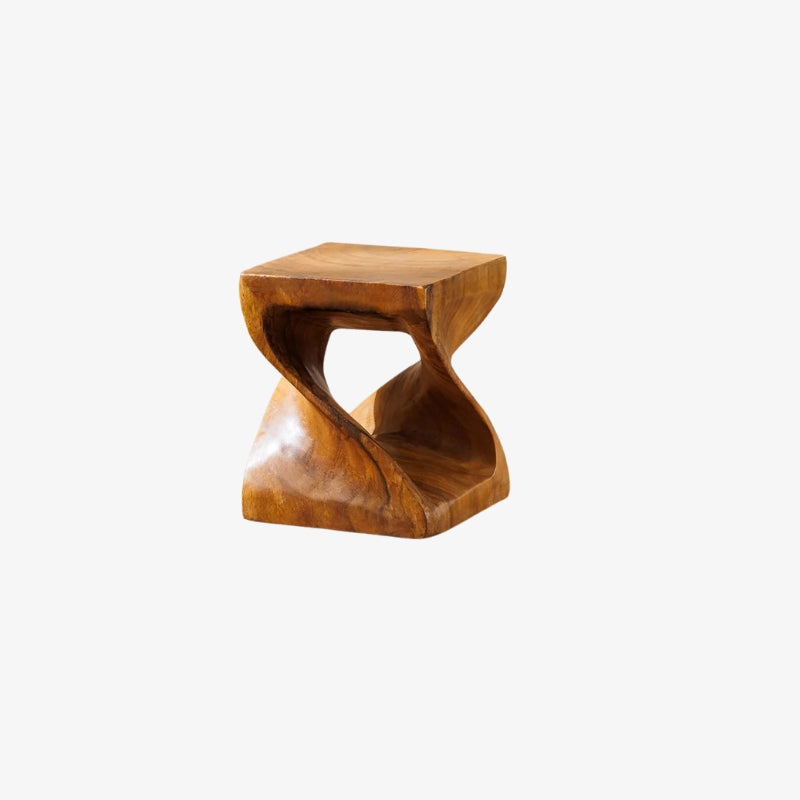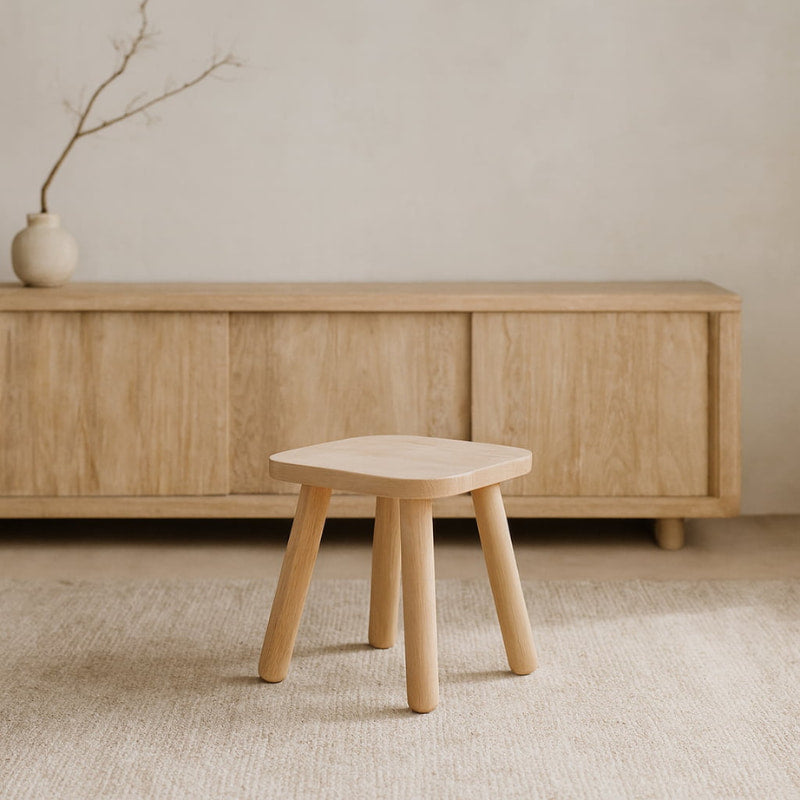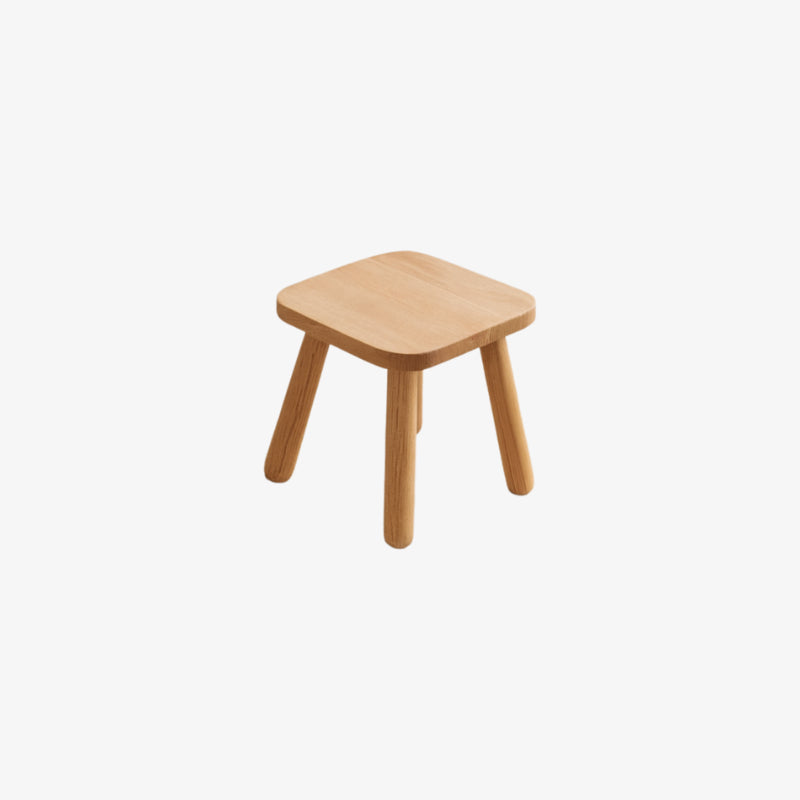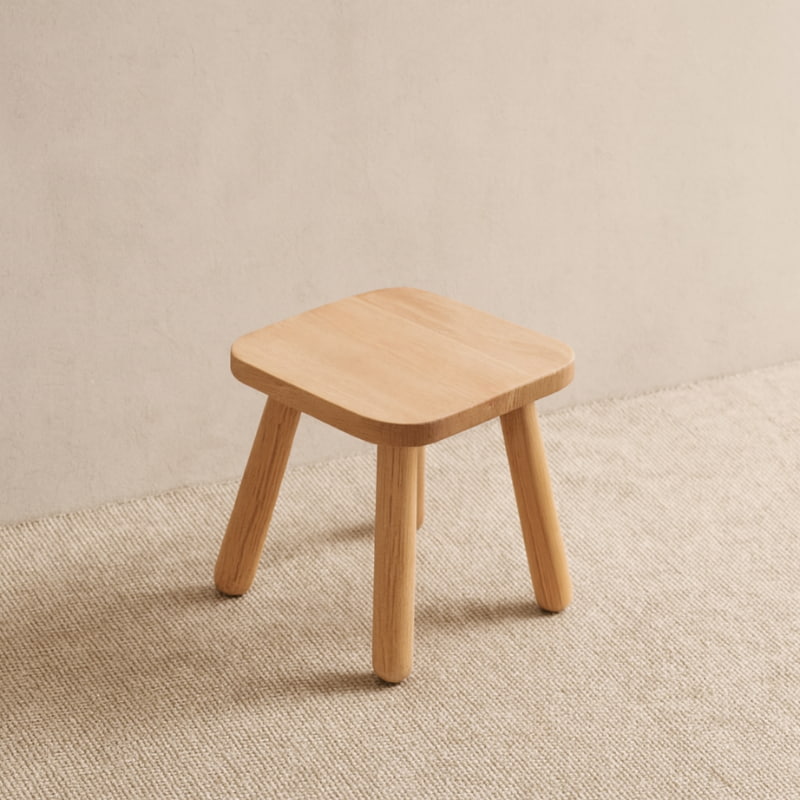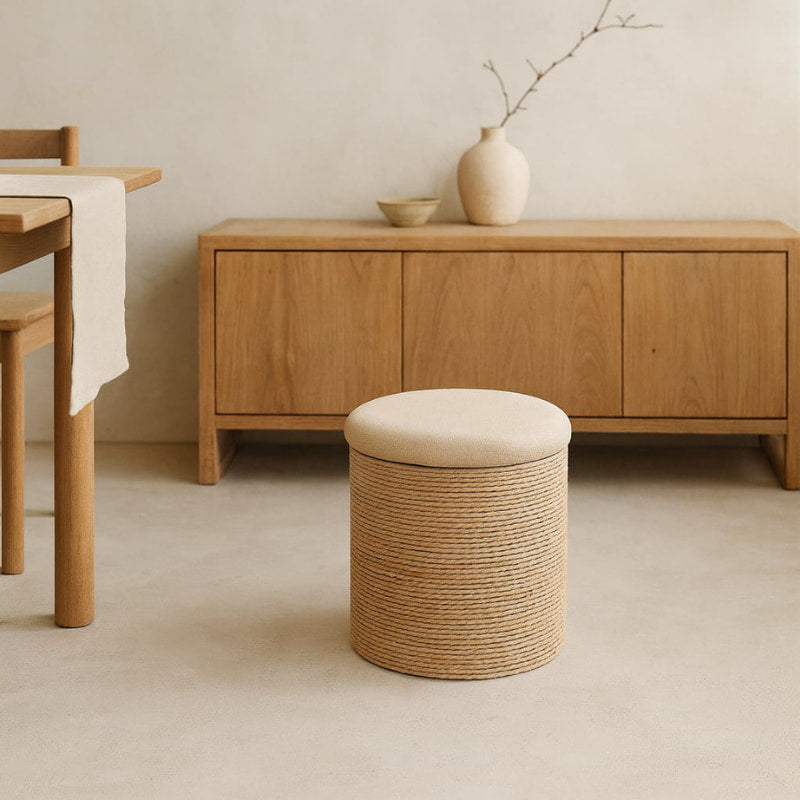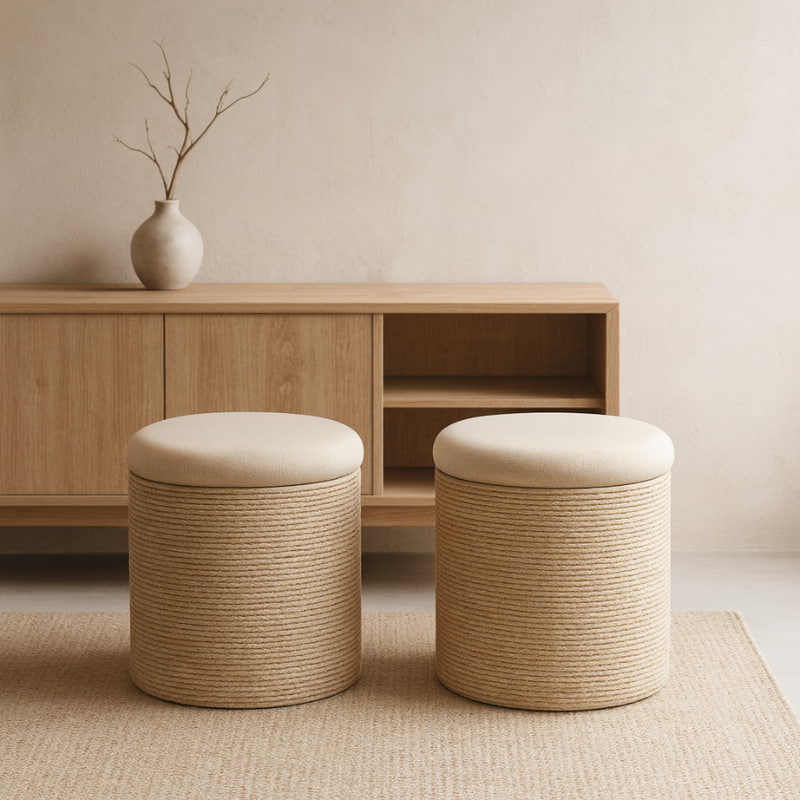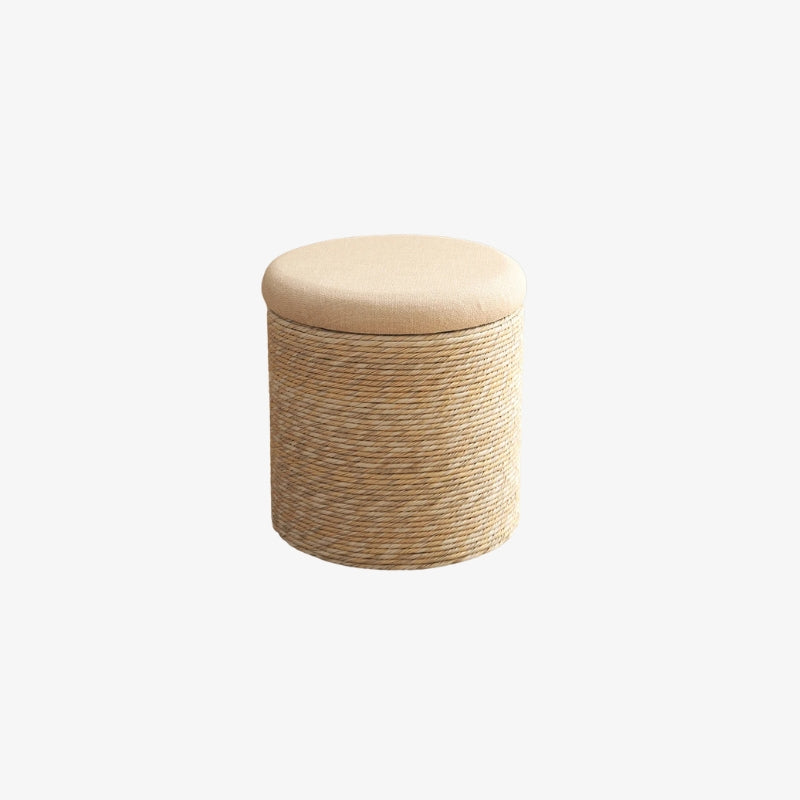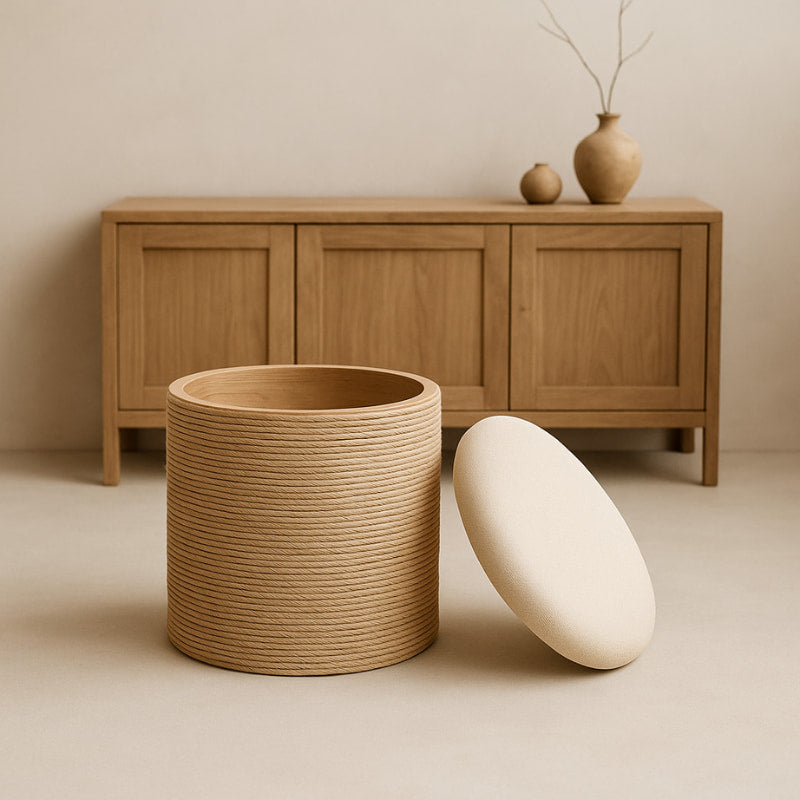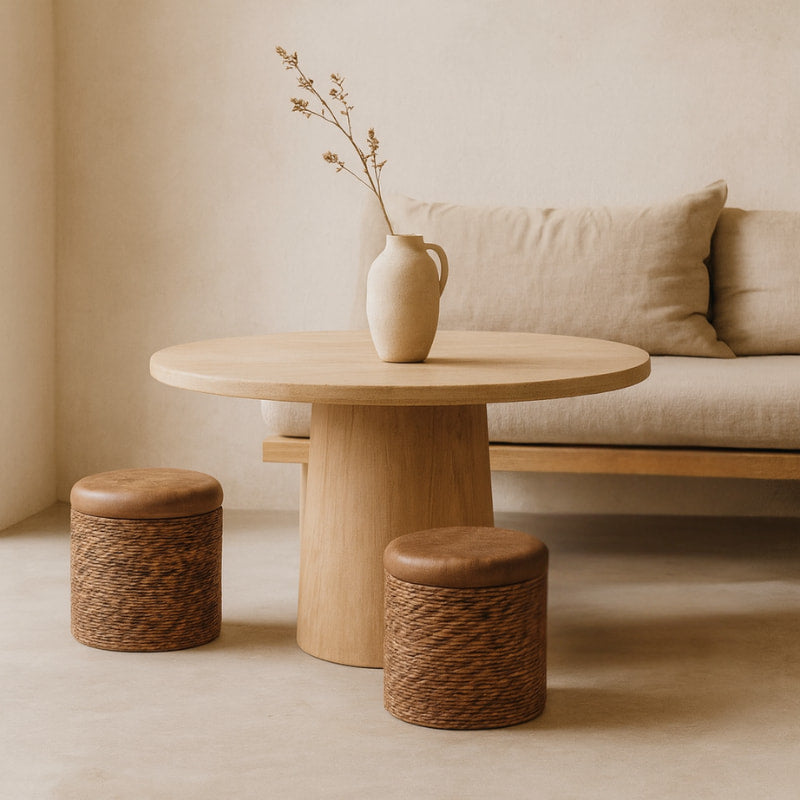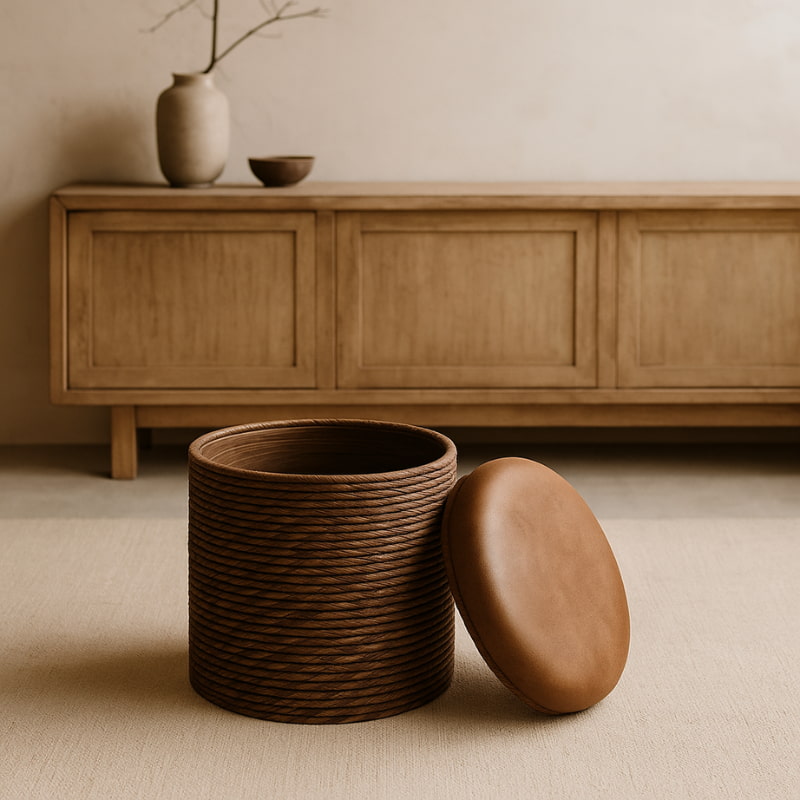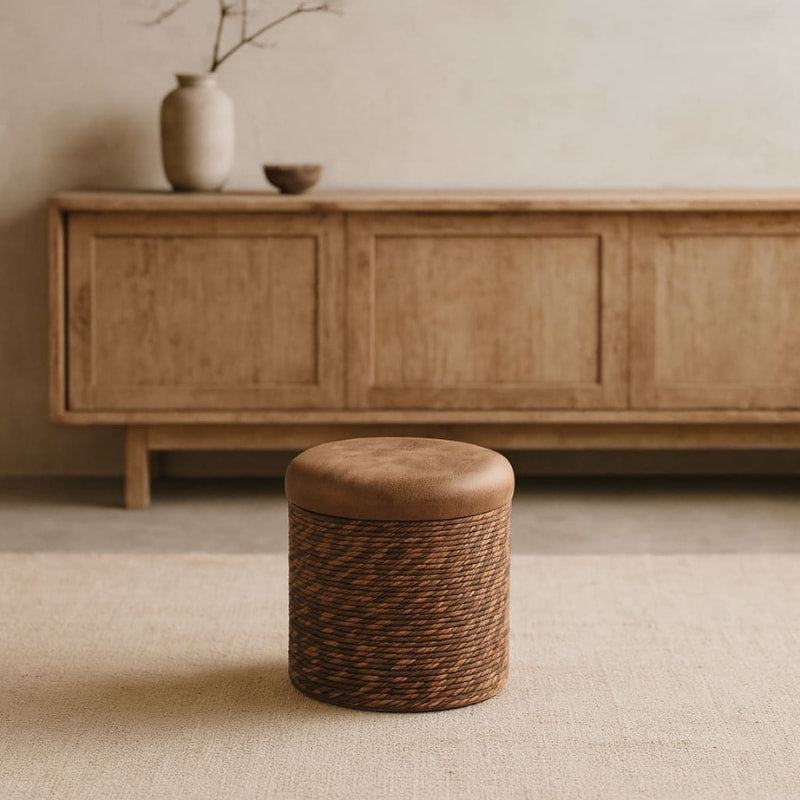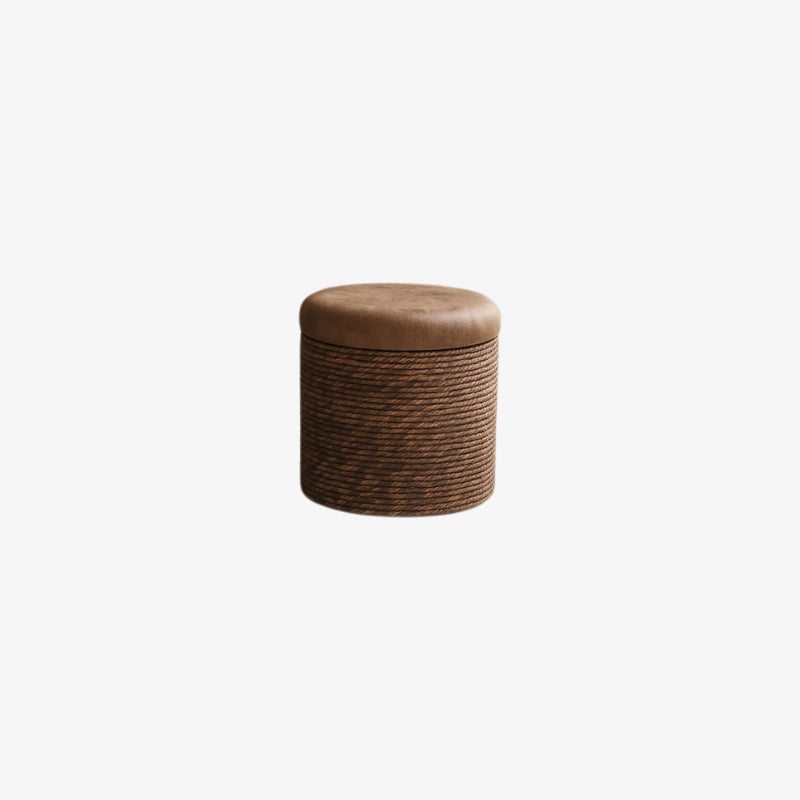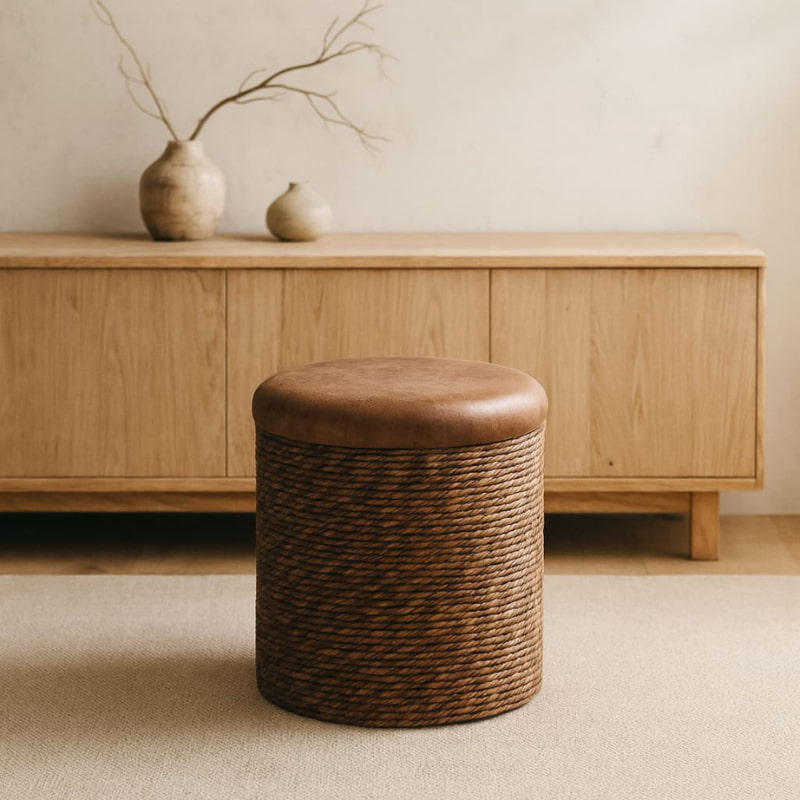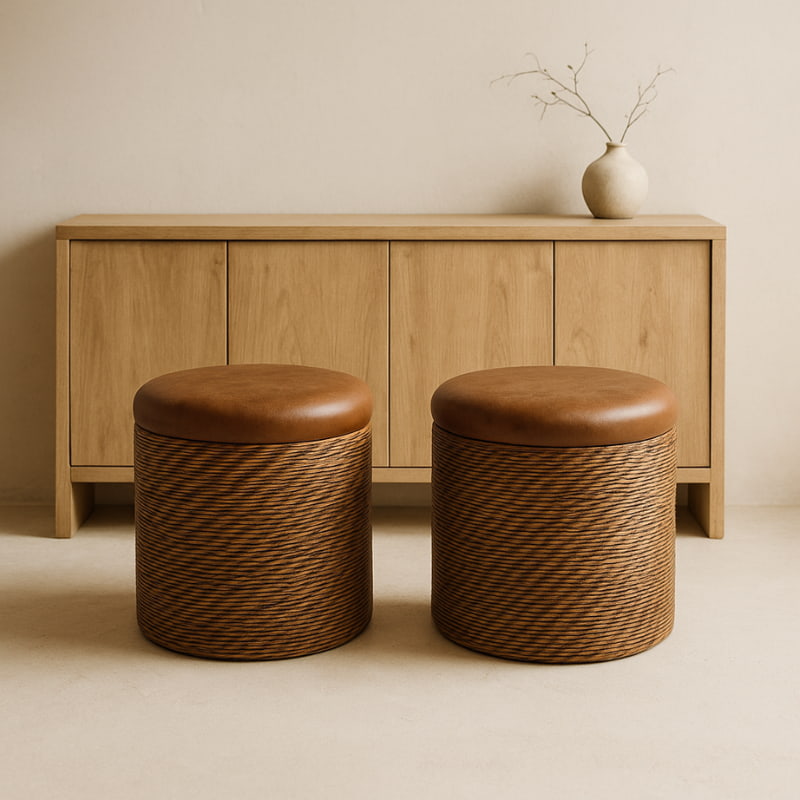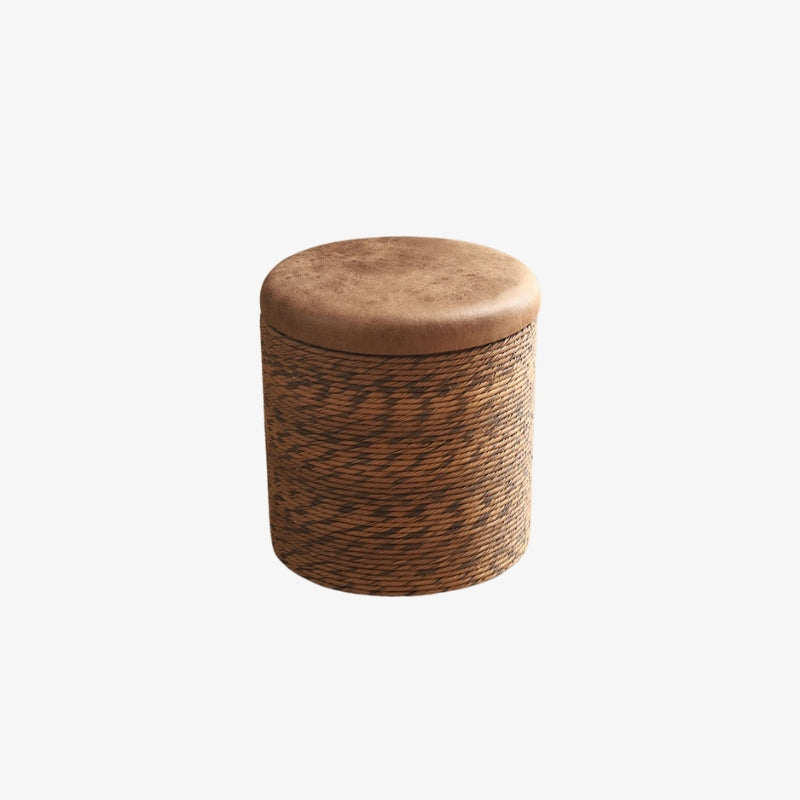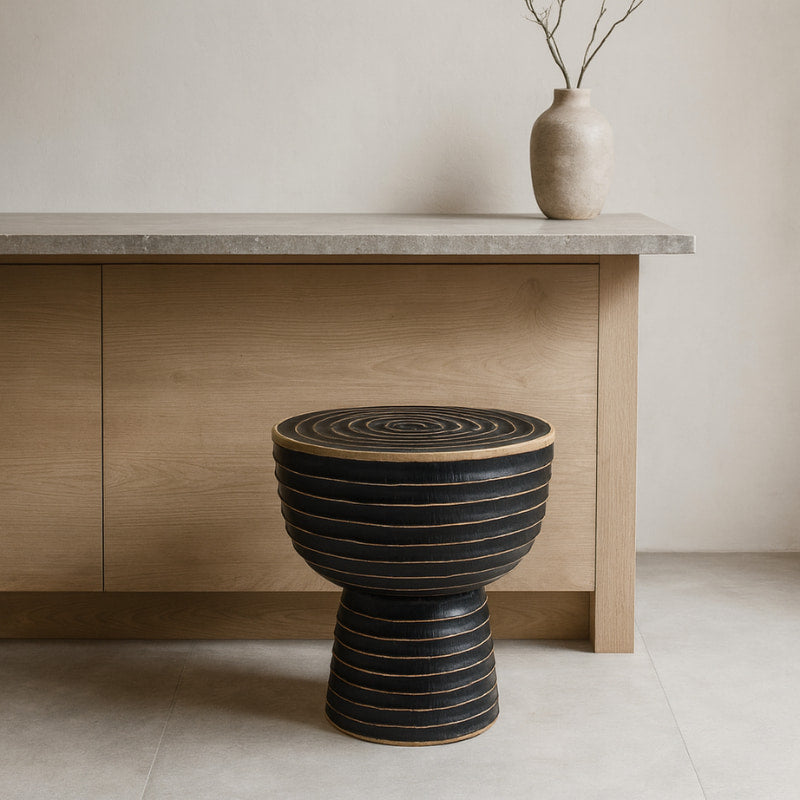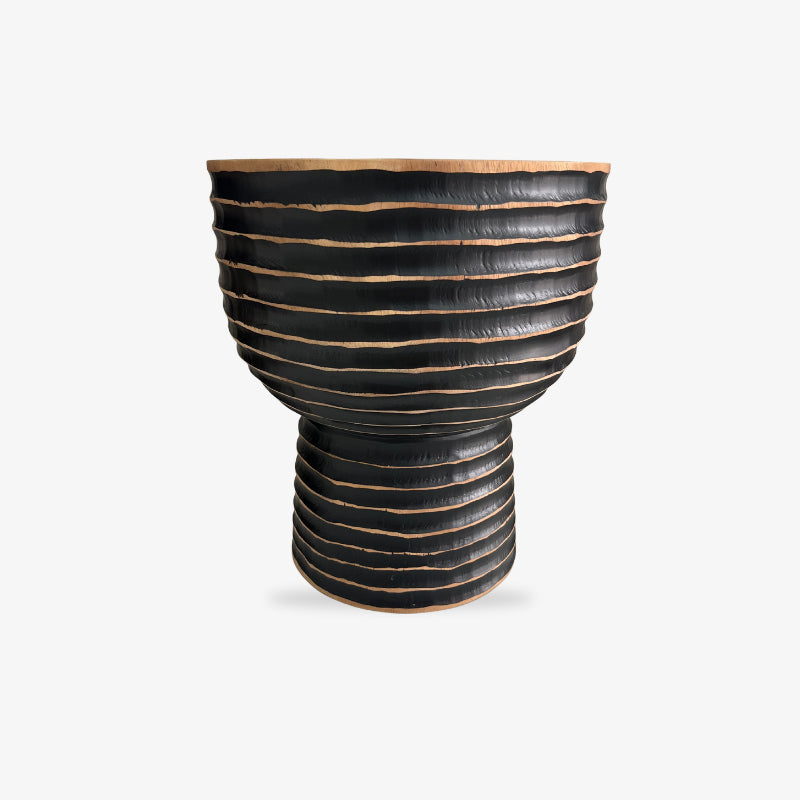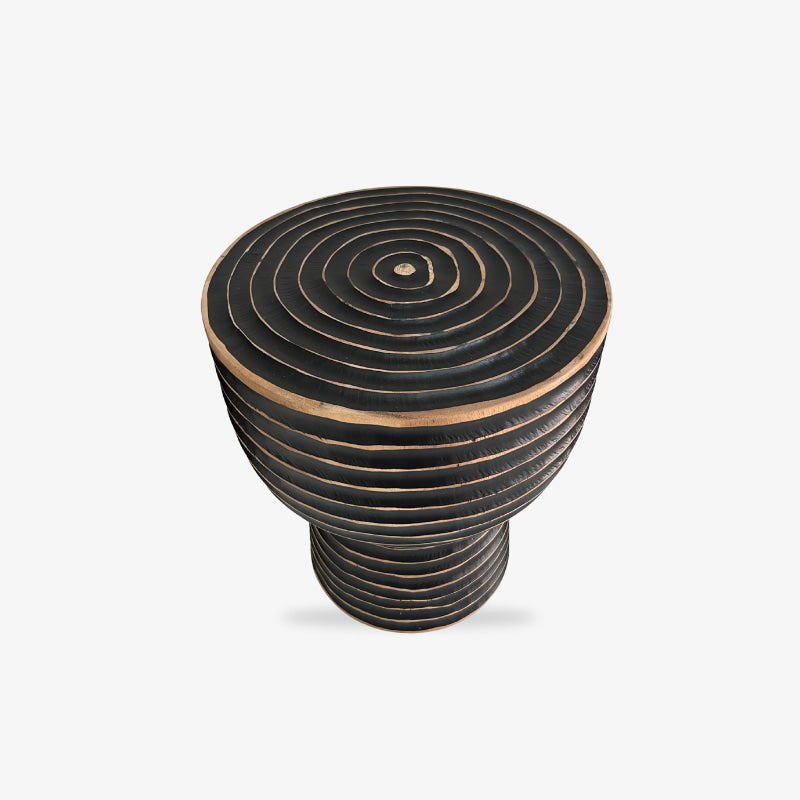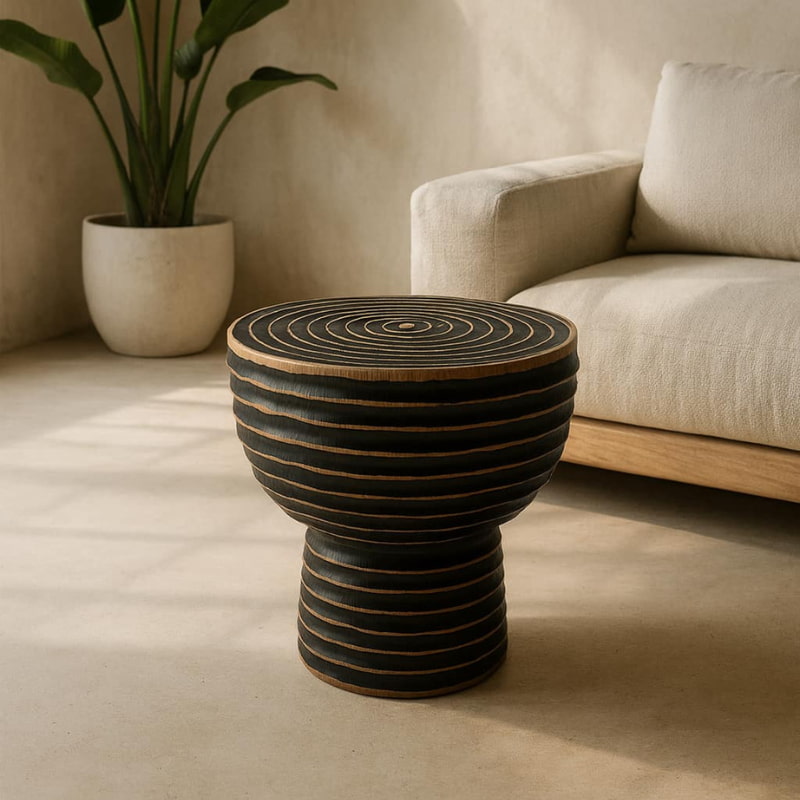Read more
Features and benefits from Wabi Sabi Interior Design
Design with intention at the core, and let the room breathe around each piece. Early in the planning, anchor your palette and shapes with Wabi Sabi furniture design so the layout supports real life. Low, stable planes calm the eye, rounded corners soften transitions, and matte finishes keep glare low while texture leads the conversation from morning light to late evening.
Shape the social heart with pieces that serve talk, reading, and quiet pauses. In living zones, a measured mix of seating height, table reach, and walking paths builds comfort you can feel. Place a supportive main seat, then balance scale with side surfaces and a rug that frames movement; the ensemble reads as coherent Wabi Sabi living room furniture that guides the body and steadies the mind without visual noise.
Invite touch through materials that age with grace. A clay cup ring on a sealed tabletop or a soft tint from sunlight belongs to the story when you treat surfaces with care. Subtle, hand-smoothed accents in Wabi Sabi ceramic add depth on shelves and consoles, while brushed wood grain and linen weave create a rhythm that keeps the space gentle at all hours.
Use modest objects to center a scene without crowding it. A shallow vessel on a bench or a console holds keys, notes, or a seasonal stem and keeps the surface purposeful. When you host tea or a light snack, a balanced Wabi Sabi bowl sits easily on the table and echoes the quiet curves that define the furniture around it.
Let light trace texture rather than overwhelm it. A low, diffused glow above a table or reading chair brings people closer and sets the pace for meals and conversation. A single Wabi Sabi pendant light with a soft shade can lower stress at day’s end, especially when you pair it with a floor lamp that bounces a gentle wash across the wall.
Keep the walls calm so shapes can speak. A restrained composition of shelves, consoles, and seating leaves room for a focal piece that carries tone and texture. A quiet field painting or a textured paper work reads as wabi sabi artwork when you position it at eye level, echo a color in a throw, and leave open air around the frame.
Wabi Sabi Furniture buying guide for your home staging
Start with the plan and prioritize flow. Map the main rectangle, mark windows and doors, then sketch the traffic loop. Bring in key pieces that echo Wabi Sabi Interior Design so the room gains clarity: an anchor seat with supportive pitch, a central table with rounded corners, and a side surface that moves easily when guests arrive.
Choose proportion before finishes and let cultural roots guide restraint. When a layout respects human scale and alignment, even small rooms feel generous. Subtle references to Japanese Wabi Sabi help you decide what stays and what leaves, so furniture works hard while the atmosphere remains calm and grounded.
Add a symbolic note without turning the room into a theme. A single organic line, a quiet knot in a tabletop, or a soft notch in a leg can nod to the symbol Wabi Sabi and keep the look honest. You keep repetition low and meaning high, and the house reads as lived rather than staged.
Define rest with pieces that hold you well. In sleeping zones, keep the bed low, place a bench for folded blankets, and select night tables at an easy reach. Layer texture in linen and wool, and mind lamp height for evening routines. With these choices, the room supports true recovery around measured Wabi Sabi bedroom furniture that never crowds the mind.
Furnish the cook-and-gather area for rhythm. Choose a table that fits circulation, a seat that supports upright posture without stiffness, and storage that closes softly. Keep counters clear with trays and shallow catch-alls, then set one display that speaks to craft and use; a simple rail and open shelf can express a practical, grounded Wabi Sabi kitchen without clutter or showiness.
Care and styling for Wabi Sabi Style
Build small rituals on sturdy surfaces. Morning tea sits lighter when the handle fits the hand and the saucer protects the wood beneath. Keep a coaster within reach and let patina develop at a natural pace. A favorite cup becomes part of the layout when you style with intention, and a balanced Wabi Sabi mug turns a quiet corner into a daily anchor.
Use art to steady planes and soften geometry. One framed study over a console can hold the wall while lamps and ceramics do the rest. Dust frames regularly with a soft cloth, keep direct sun filtered at midday, and leave air around the composition so color and texture settle the room. A restrained selection of wabi sabi artwork paired with calm furniture keeps attention on proportion and light rather than clutter.
Care for wood with light, regular habits. Dust weekly with a soft cloth, wipe spills as they happen, and lift objects instead of sliding them. Refresh oil or wax finishes as needed, then let small marks merge into the surface over time. These habits protect the grain and keep boards even so pieces age with grace alongside the rest of the collection.
Keep textiles fresh without fuss. Rotate cushions, wash removable covers on gentle cycles, and air dry when possible. Shift seat positions seasonally if sunlight lands hard, and fluff cores to restore loft after a long evening. Choose tight palettes and varied textures rather than high contrast so the eye rests while the hand enjoys the weave.
Link light and furniture with care. Set ambient light first, add task light where books open and meals happen, then finish with a gentle accent wash that grazes texture. Keep bulbs in warm ranges at night, and route cords tidily so lines stay clean. When illumination respects form, the house supports focus and rest in equal measure.


